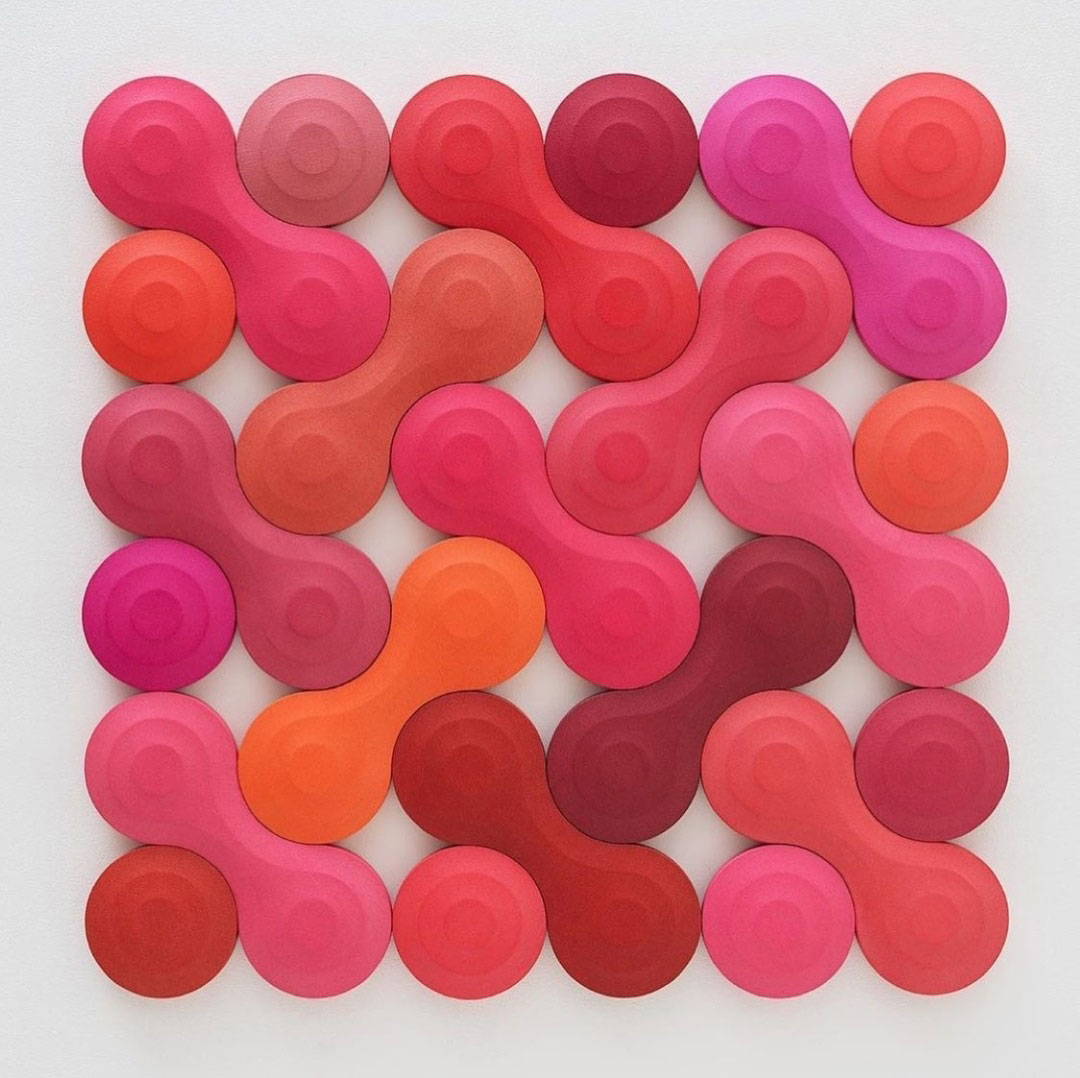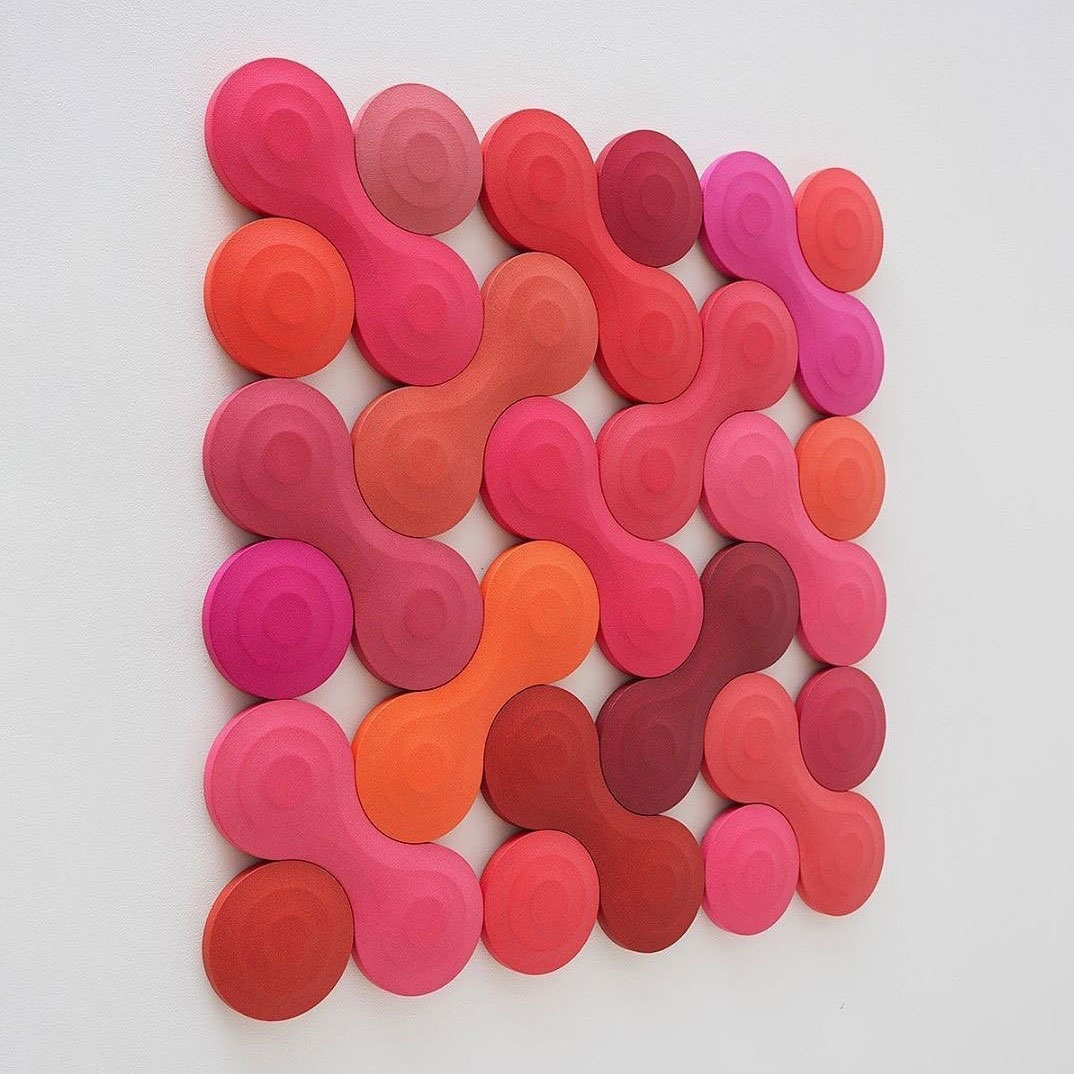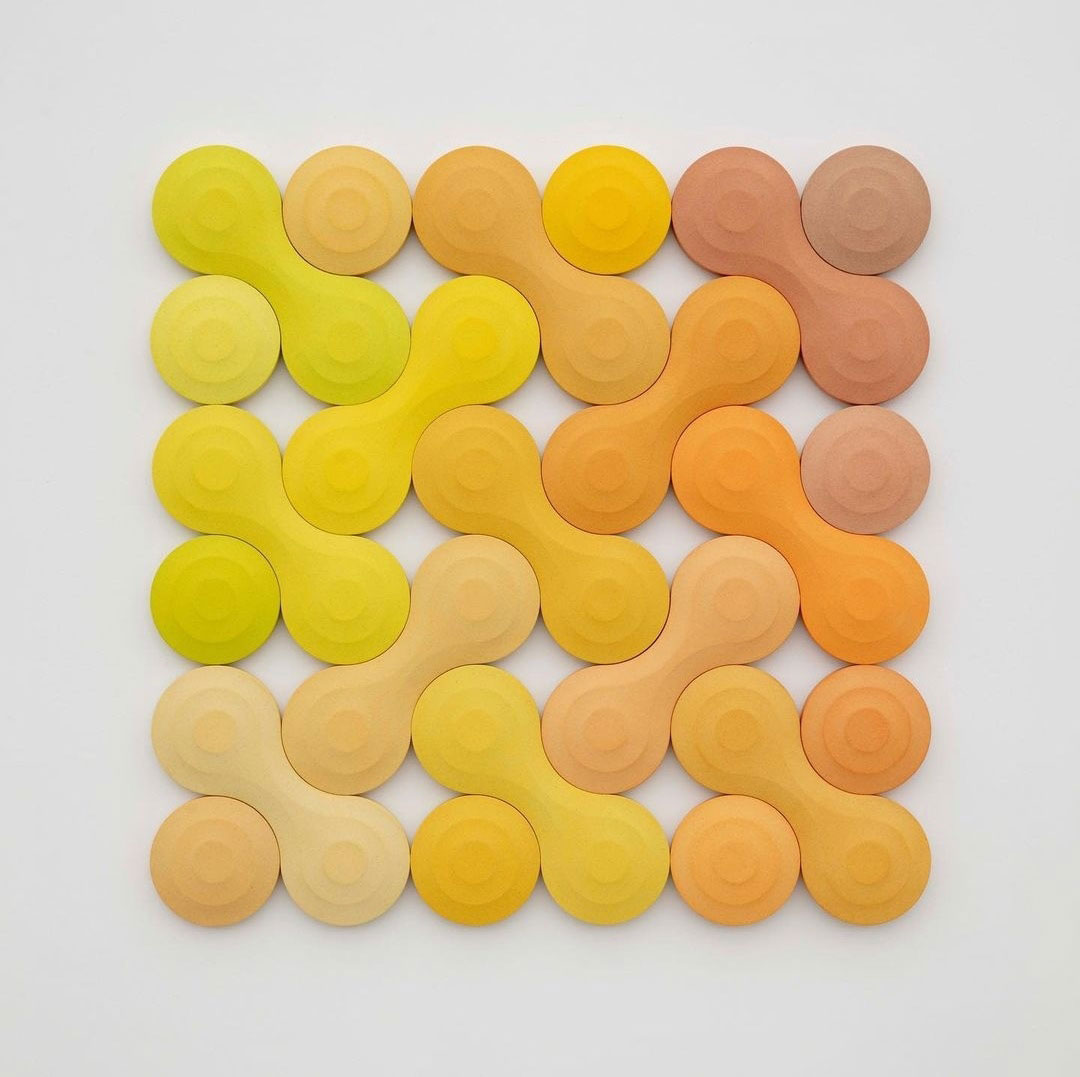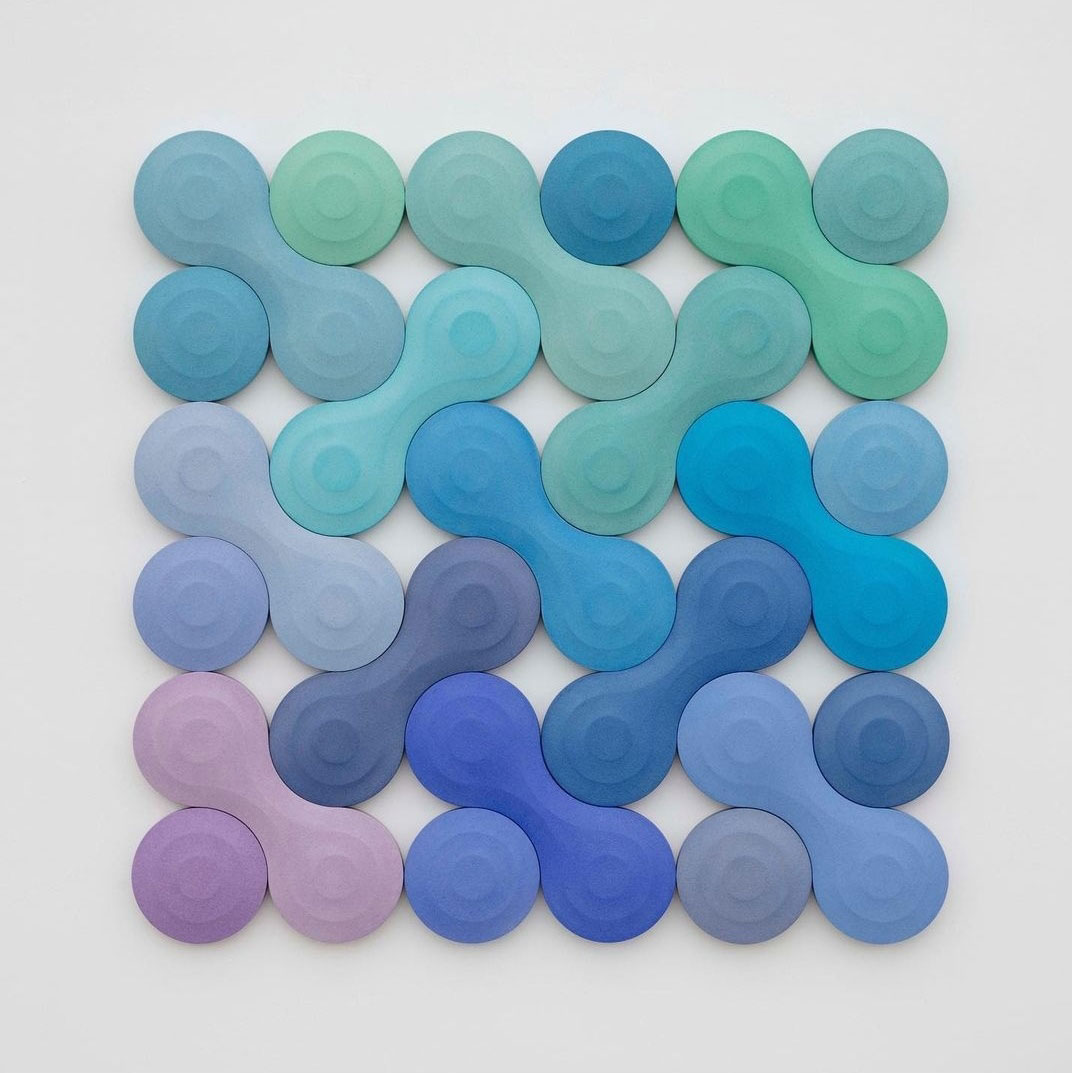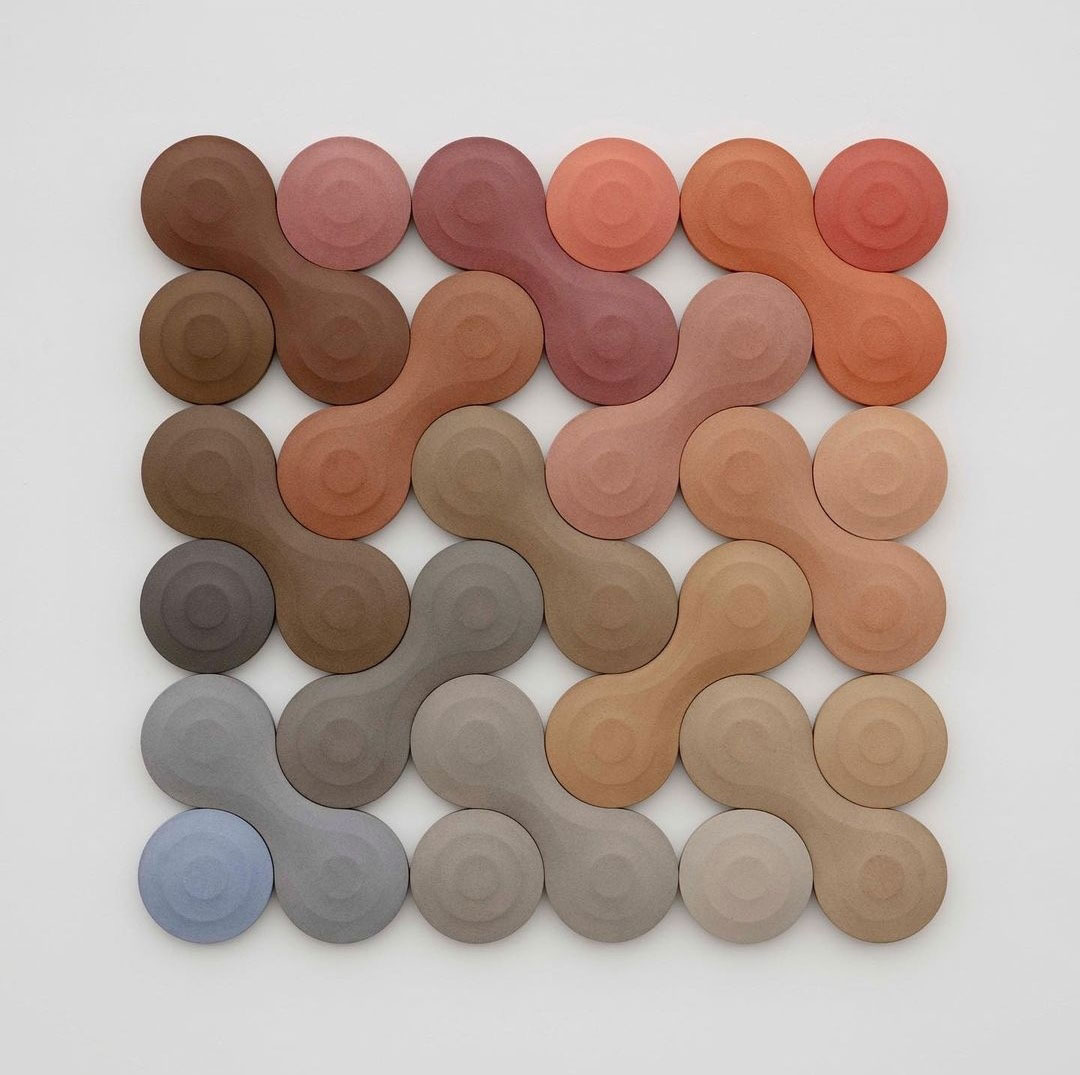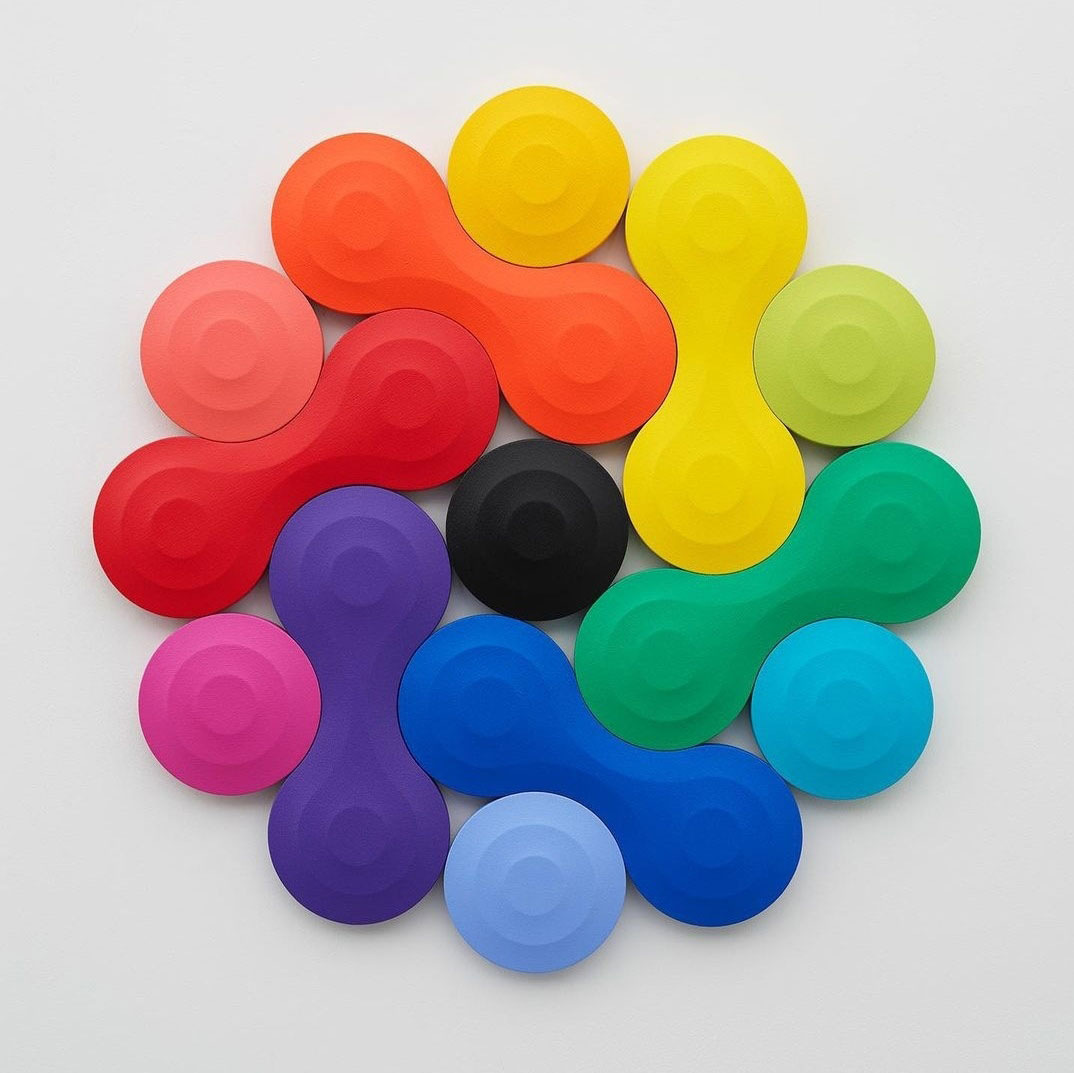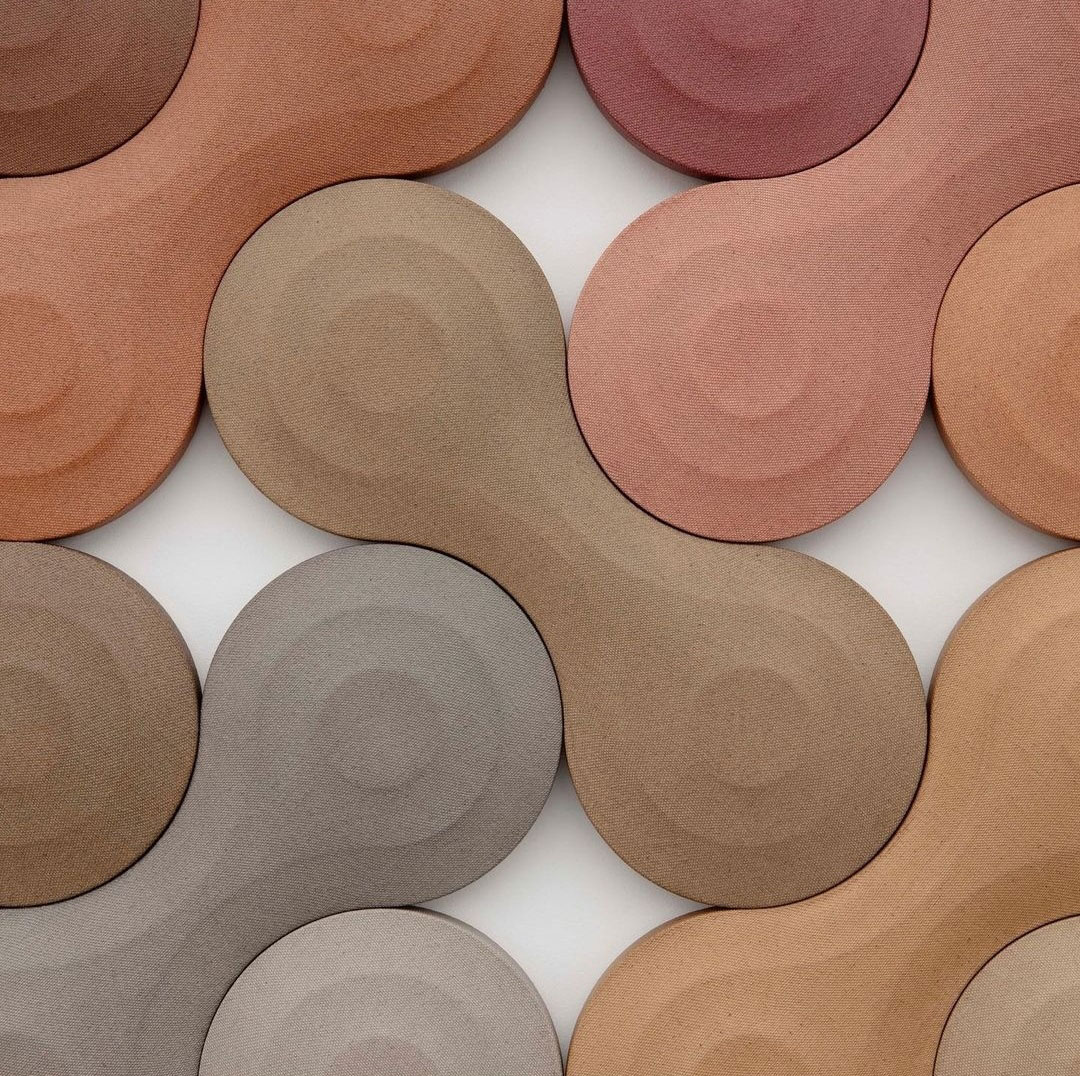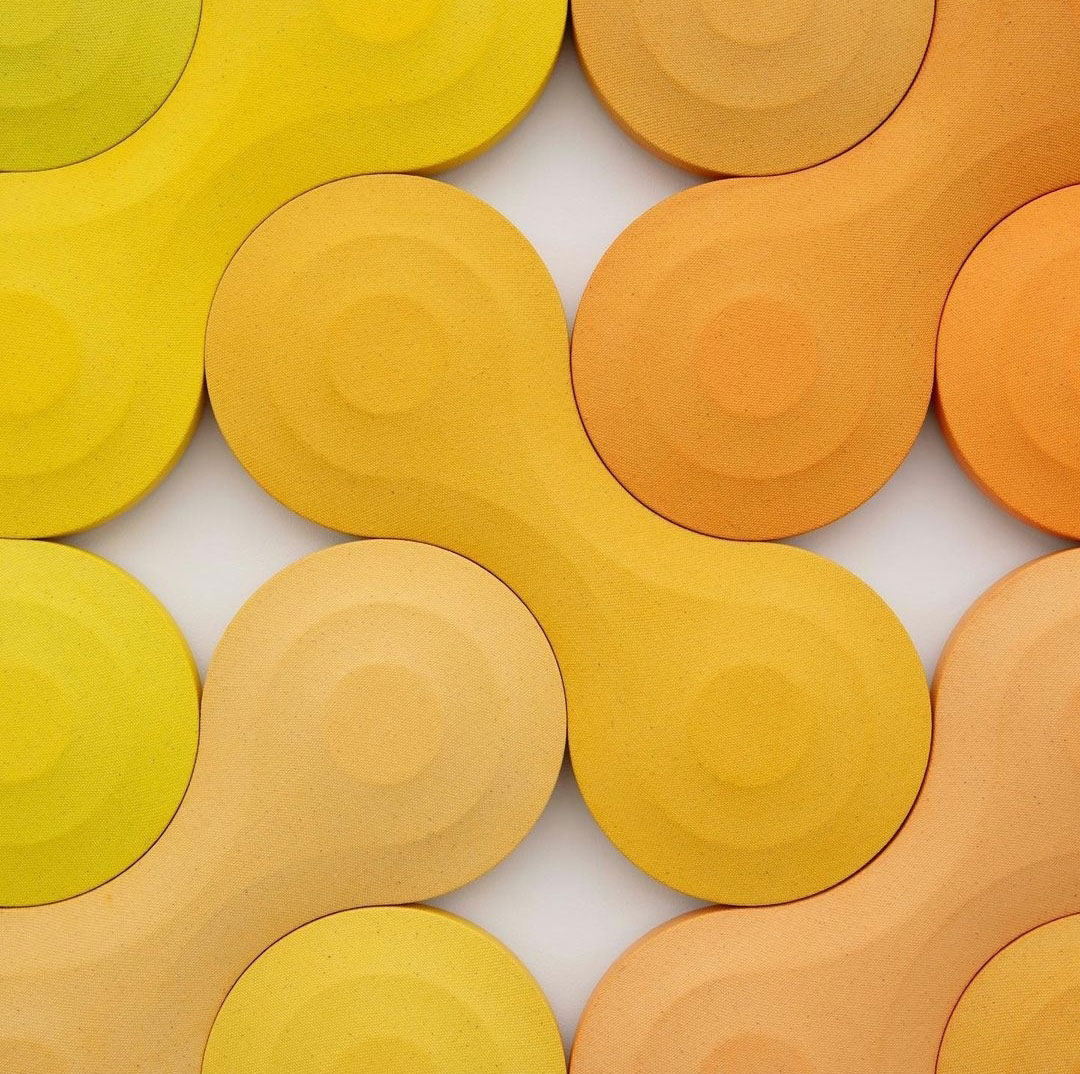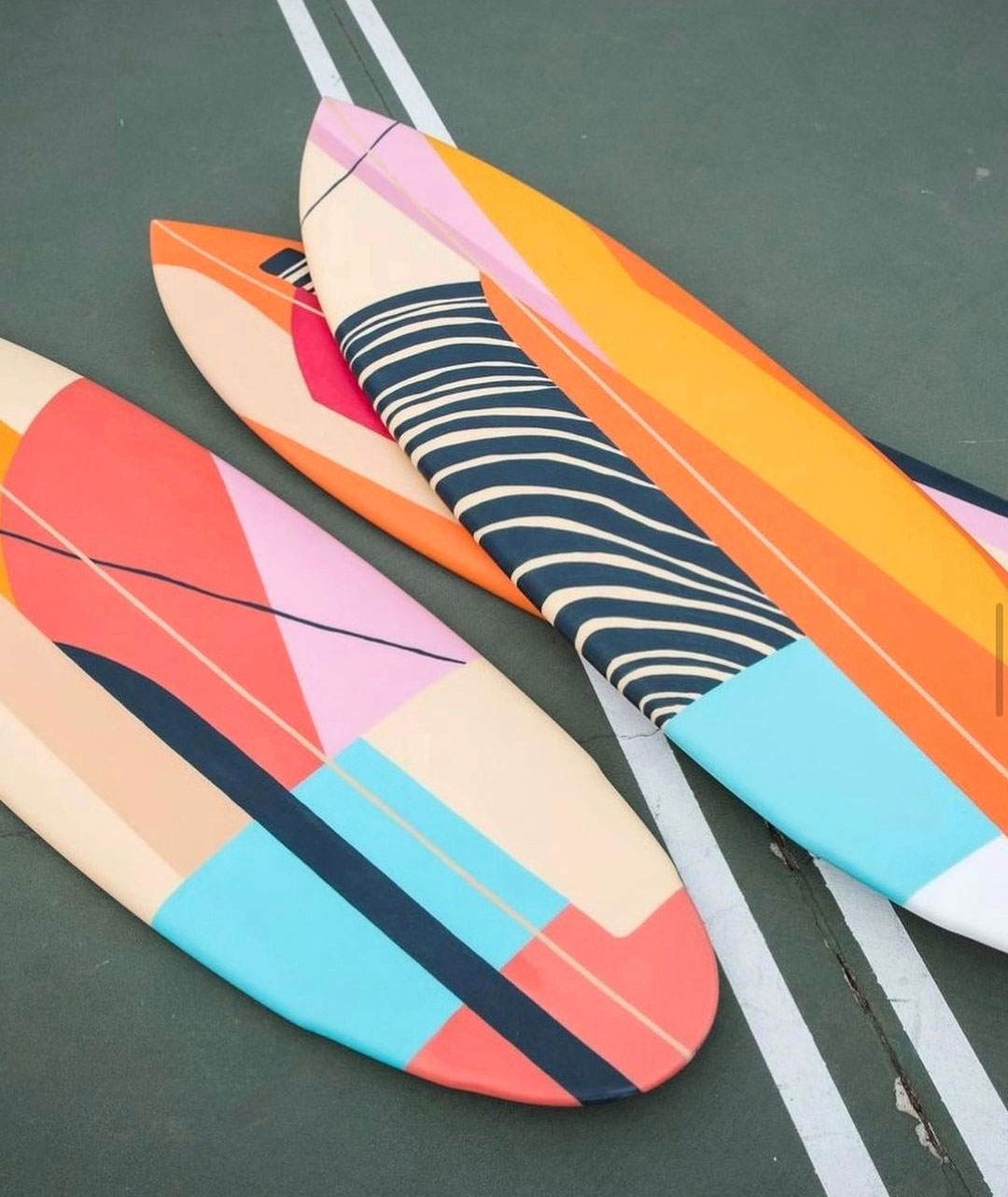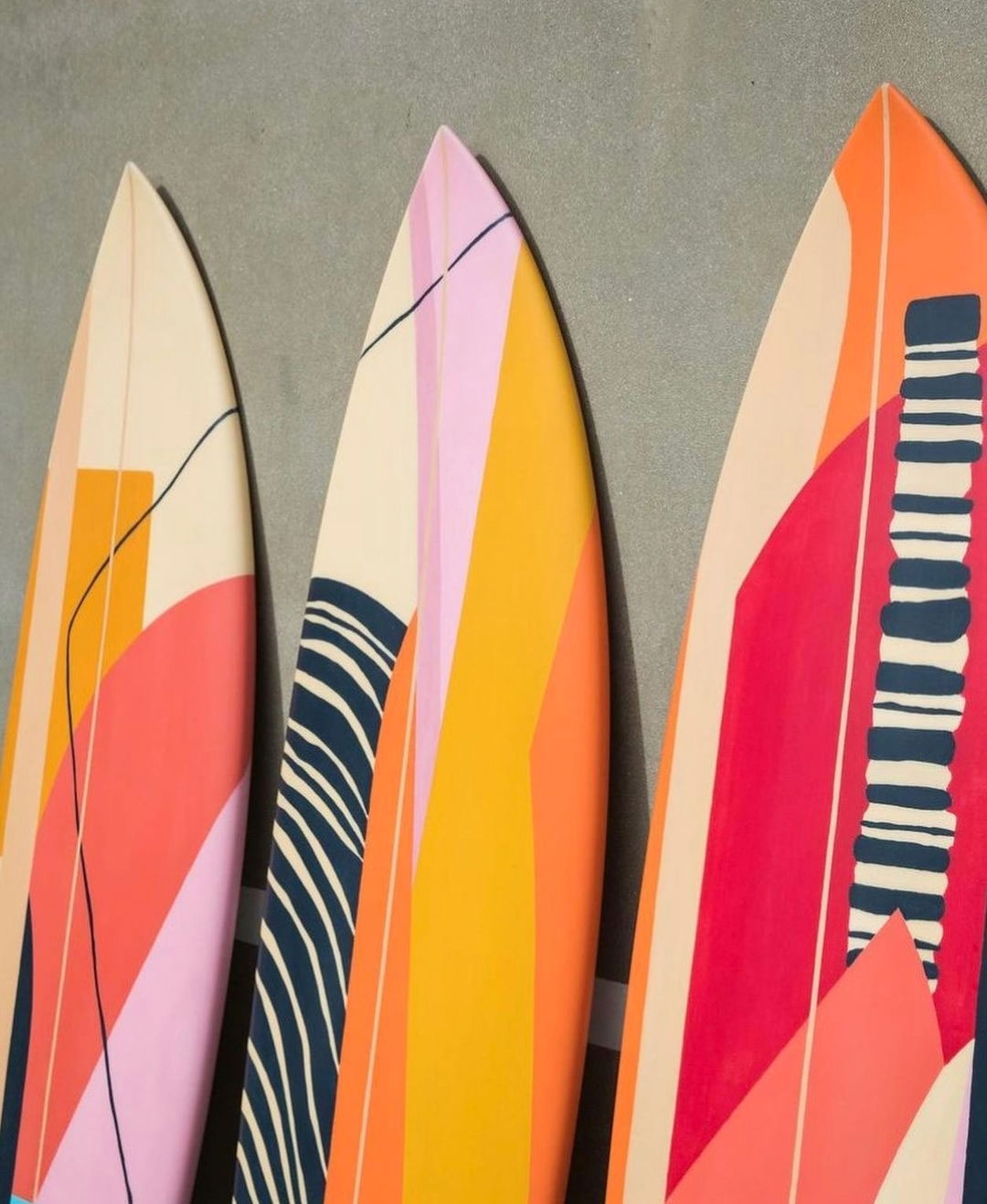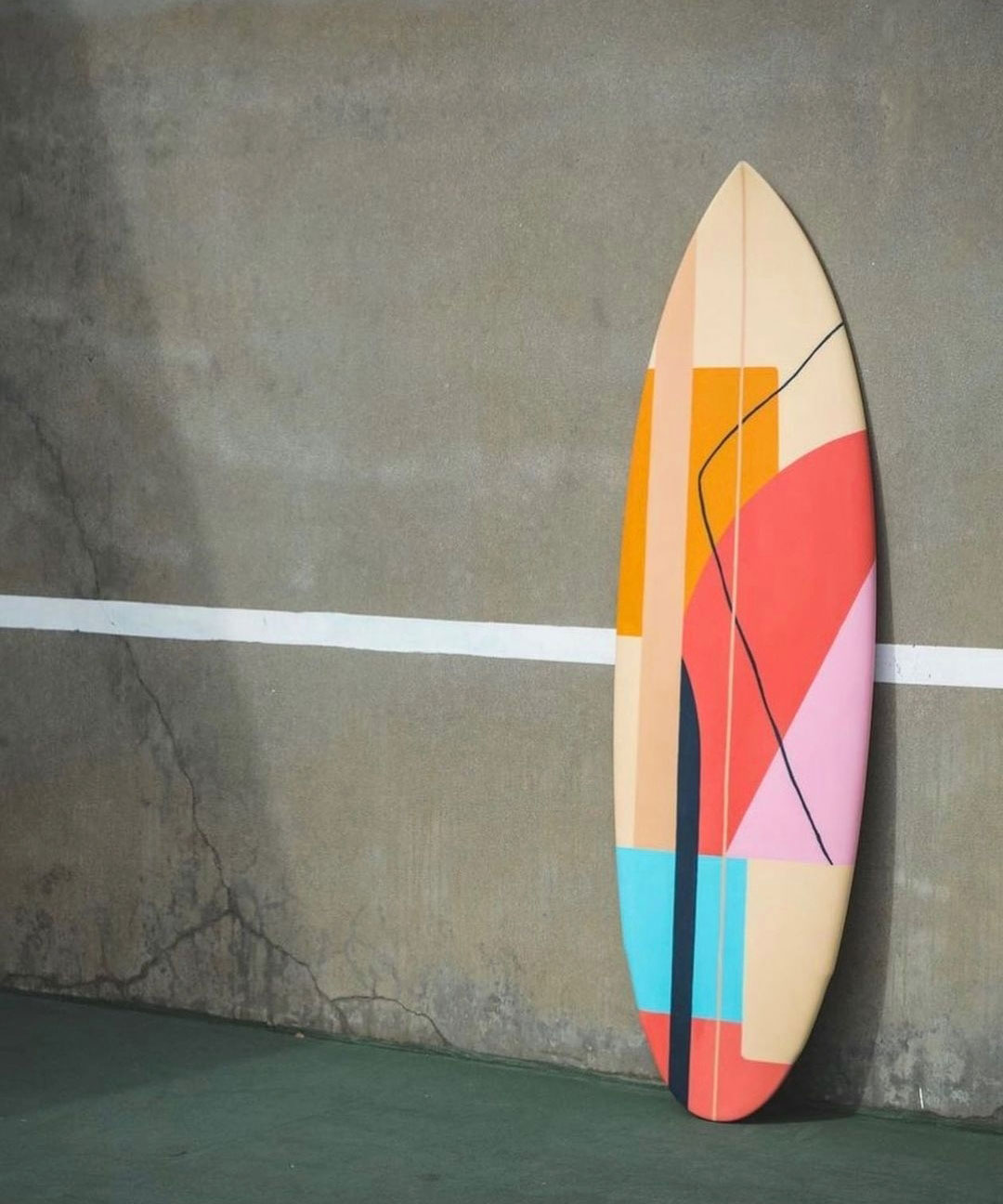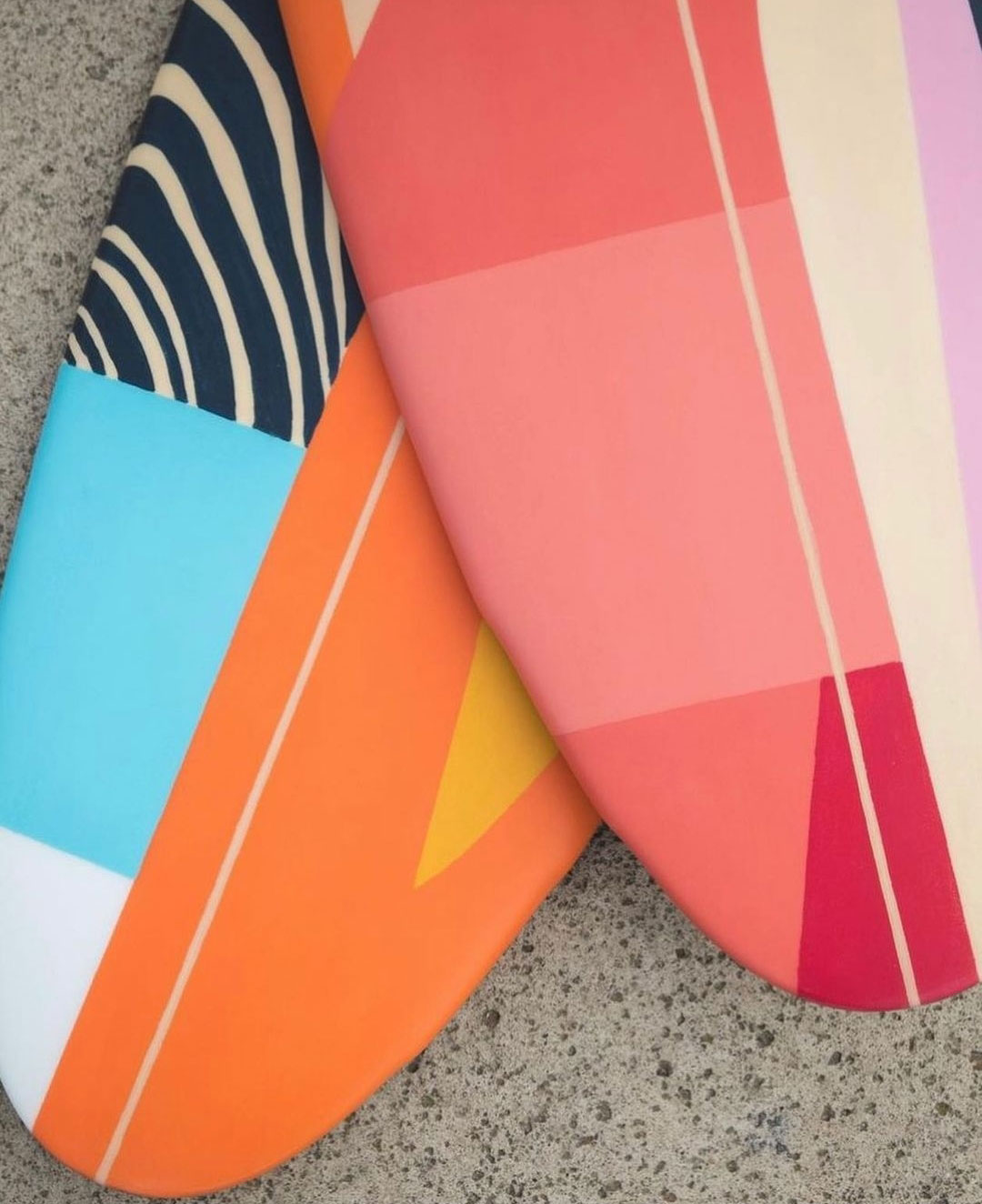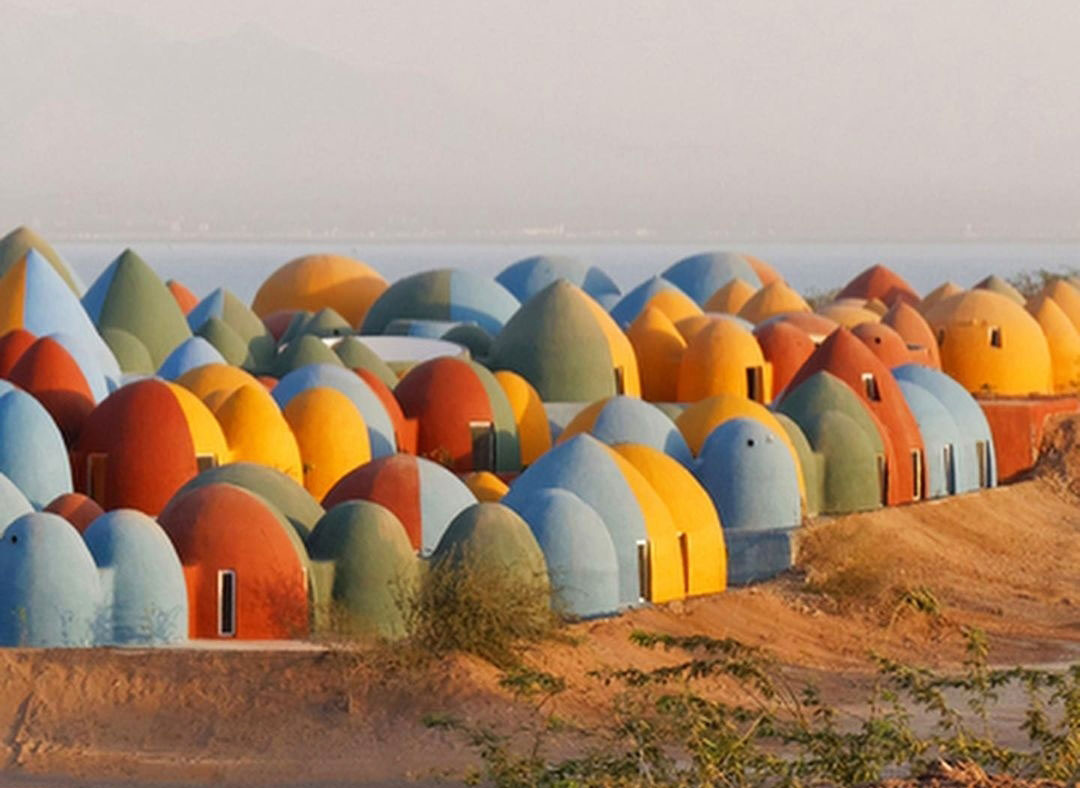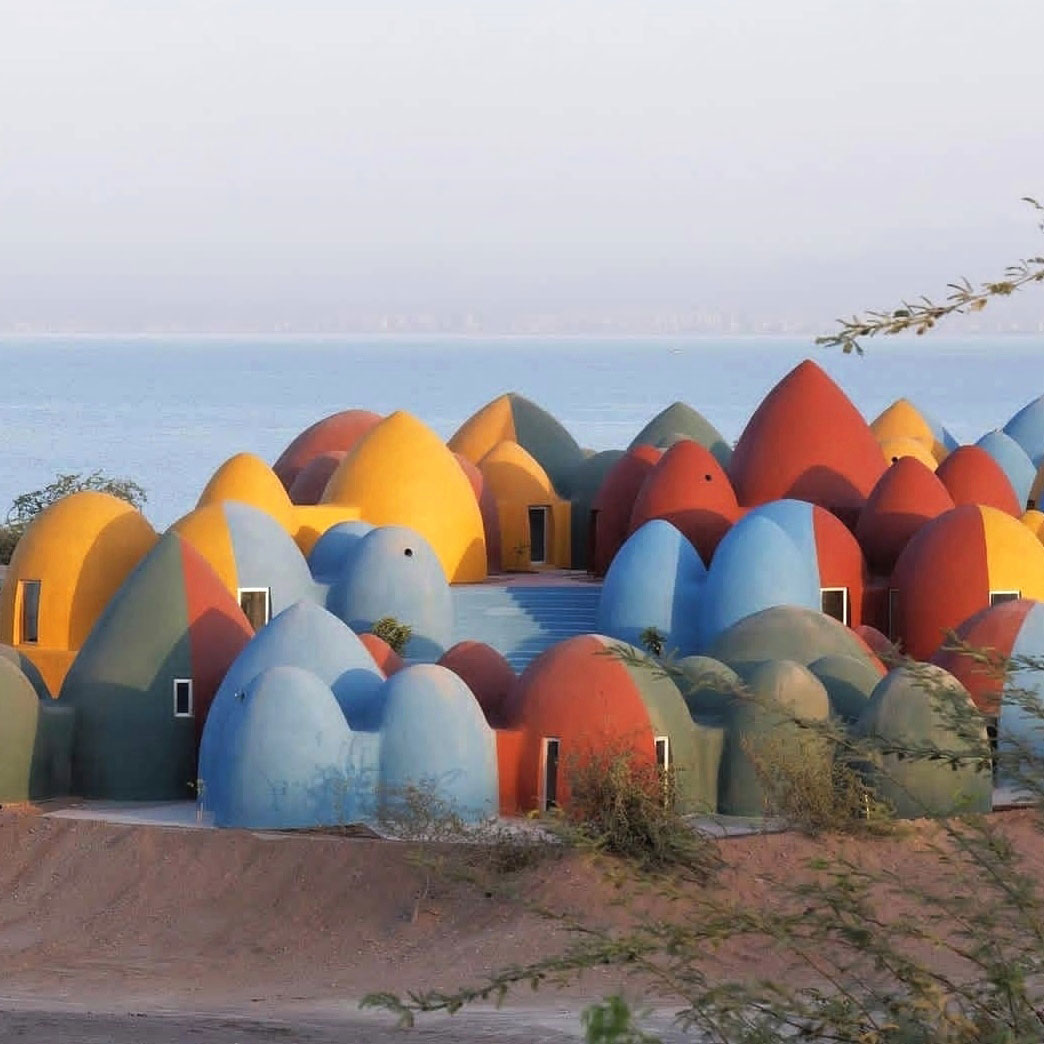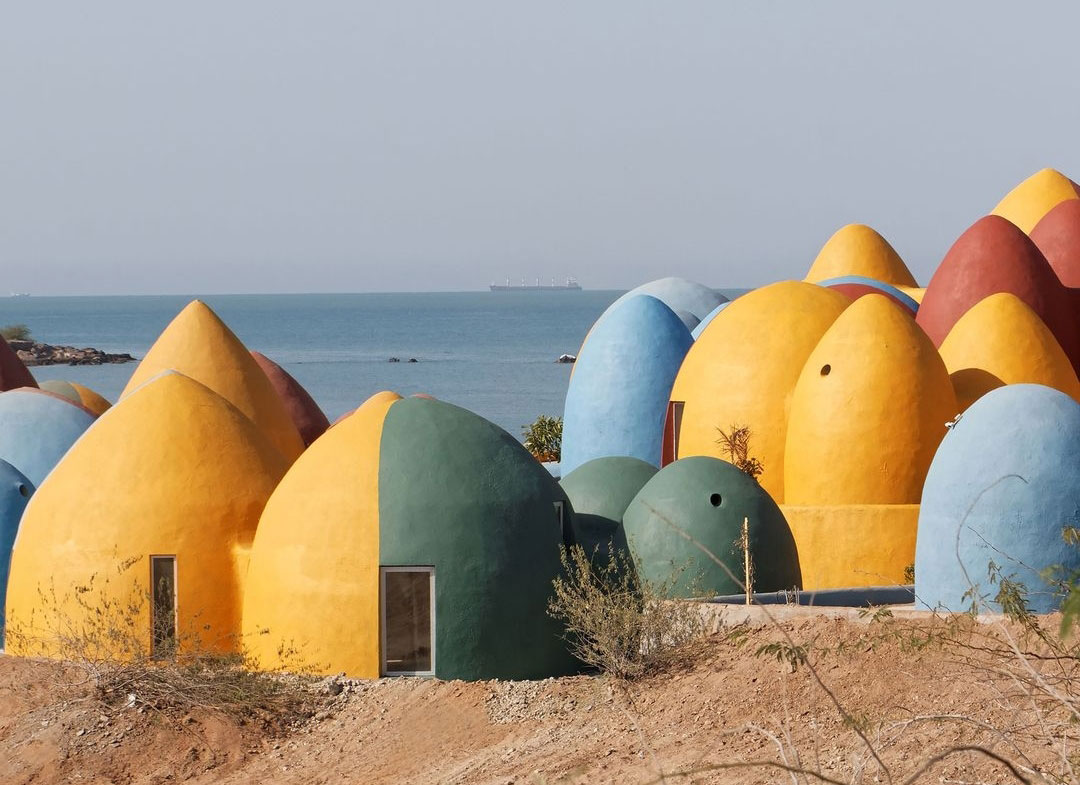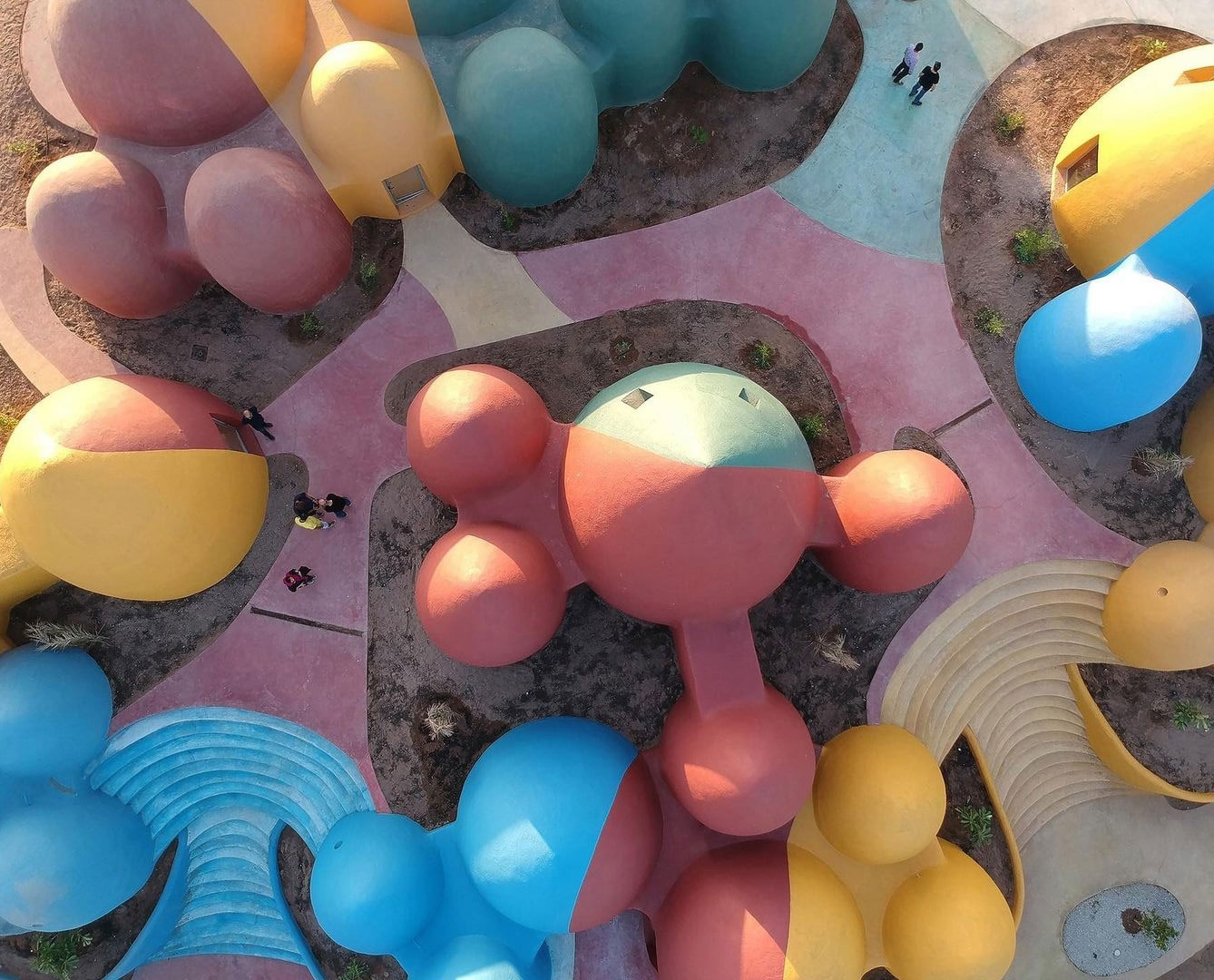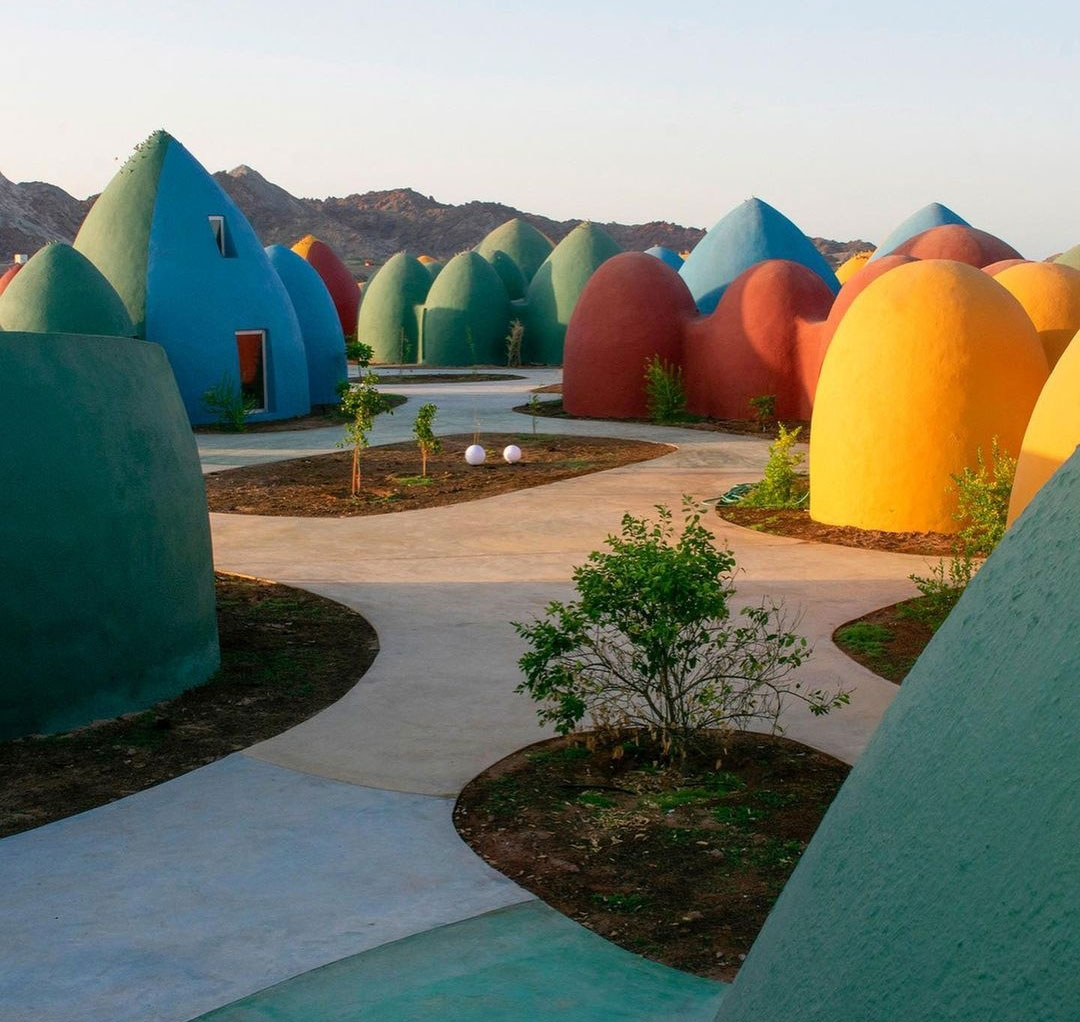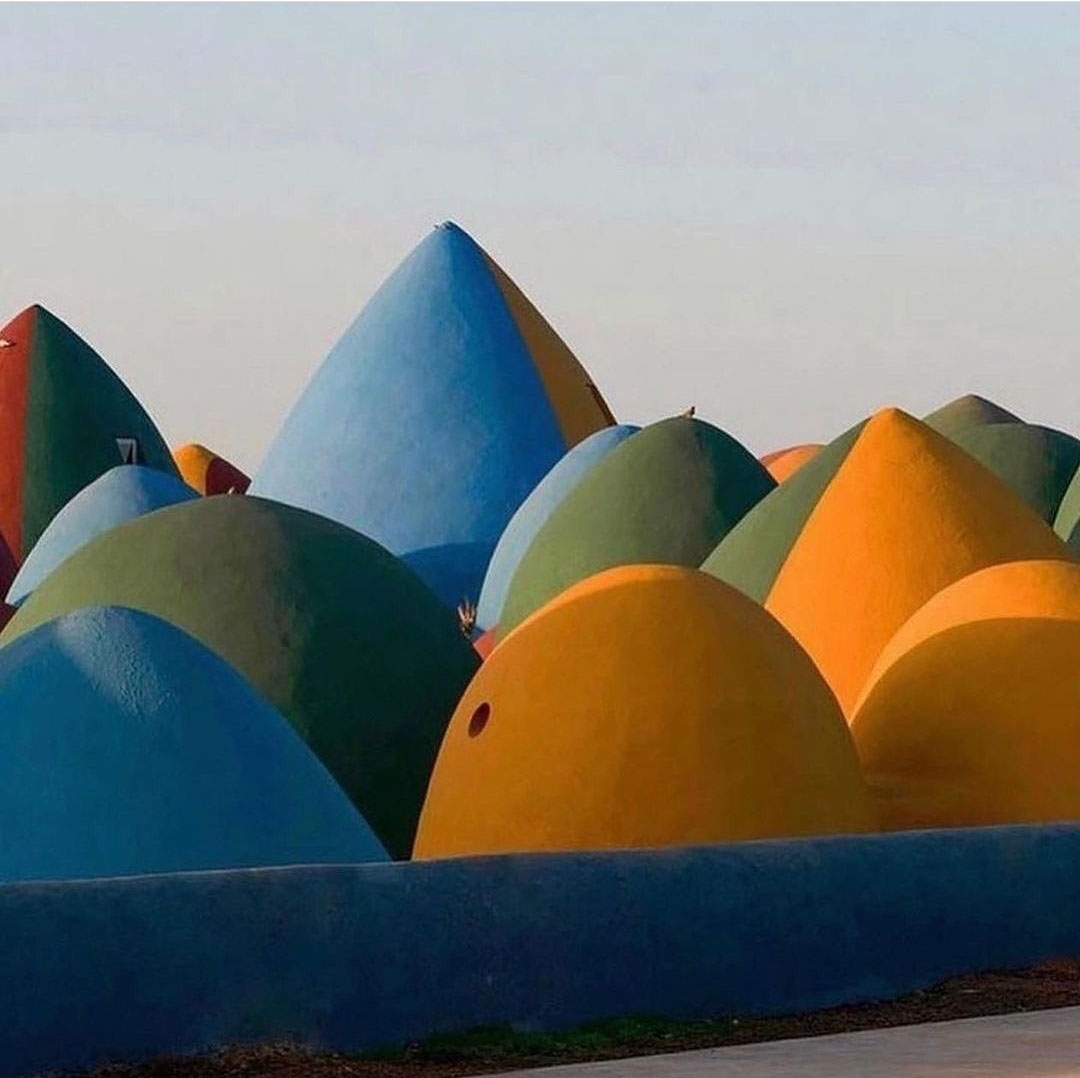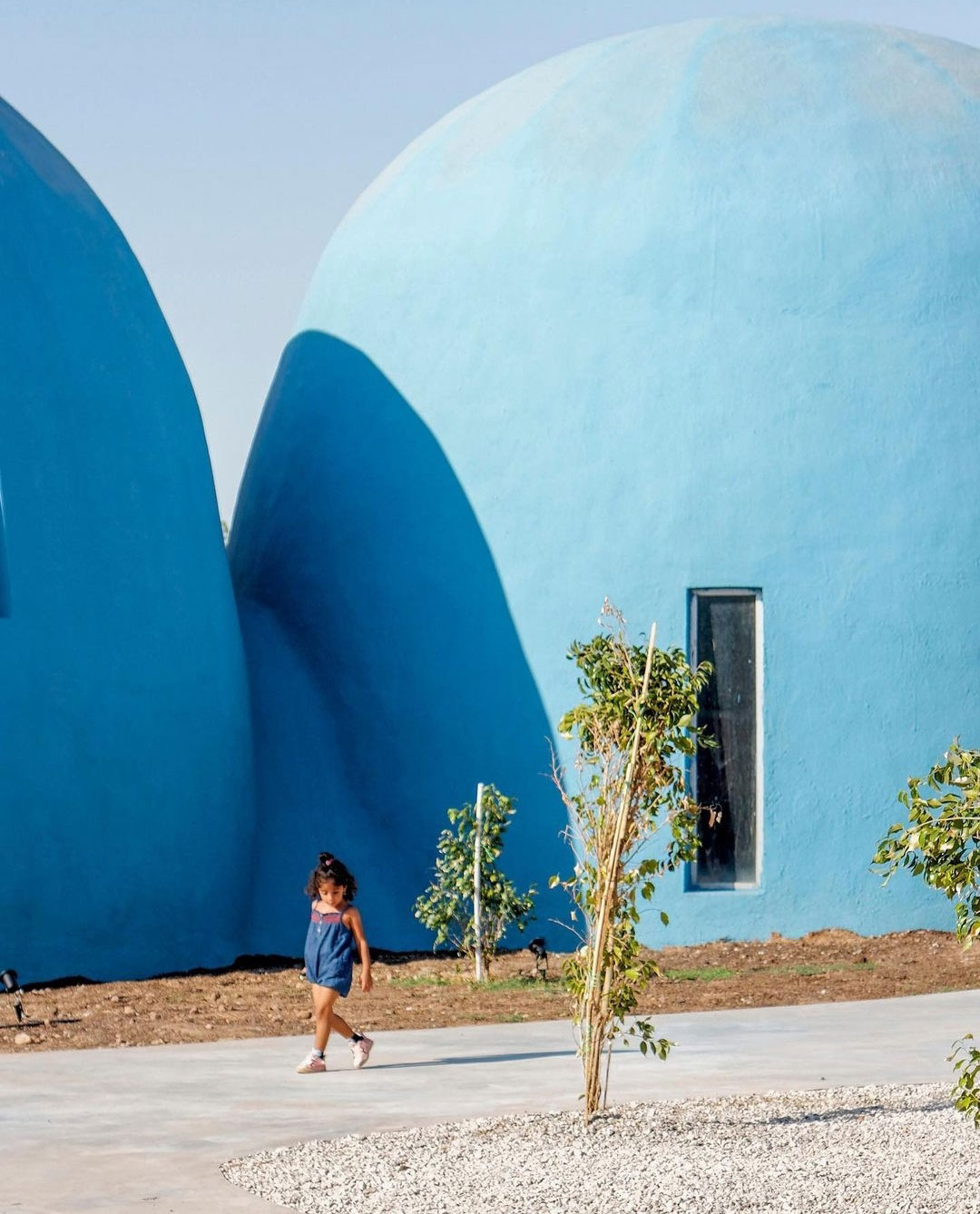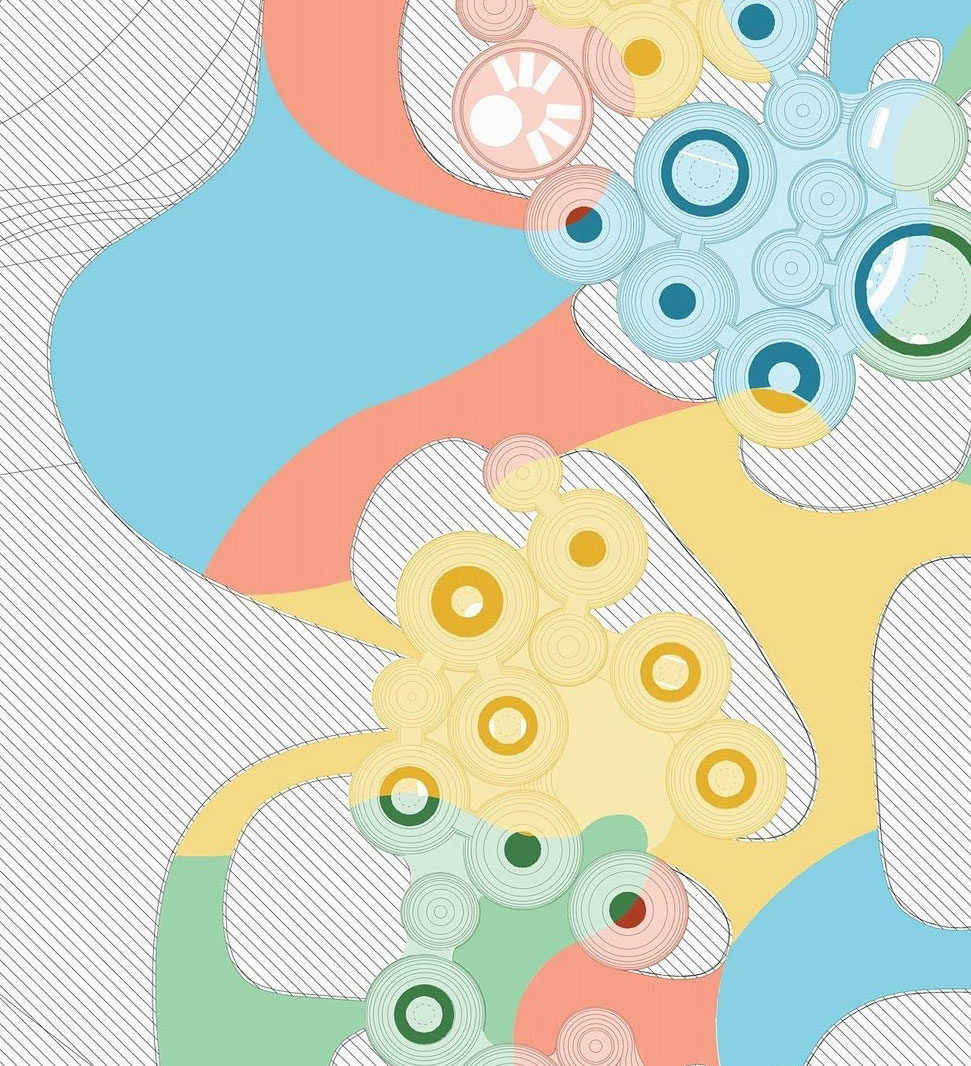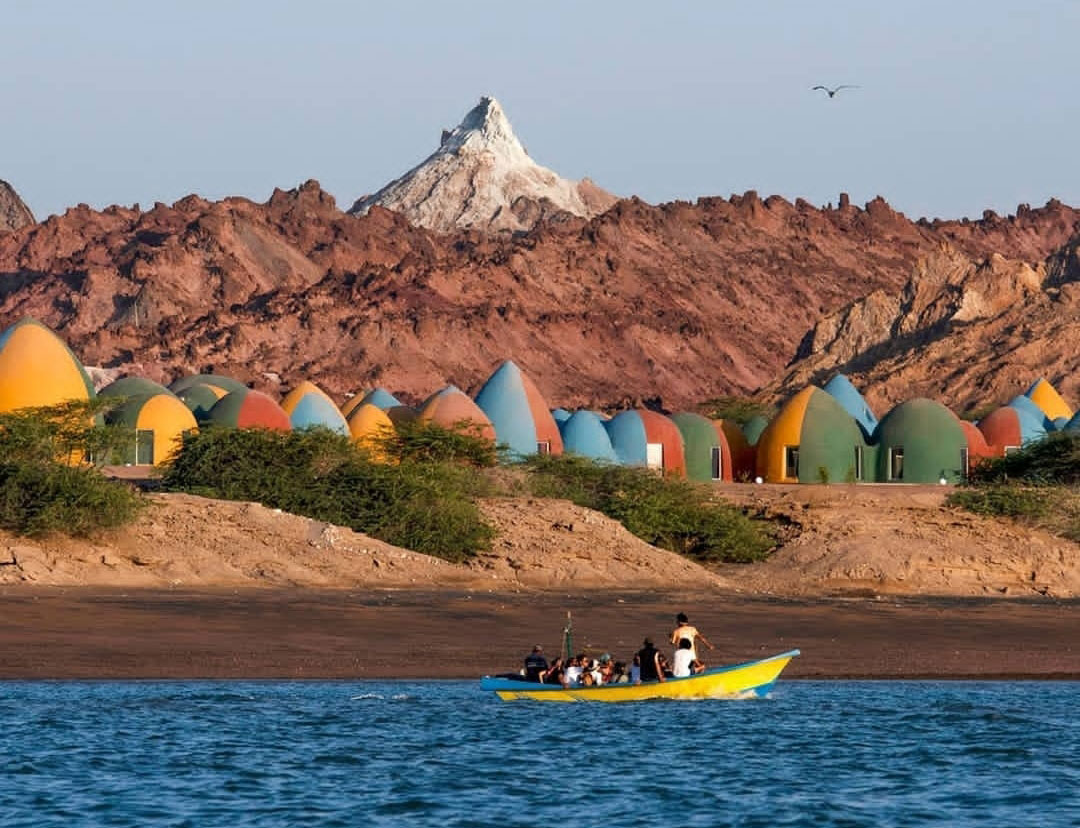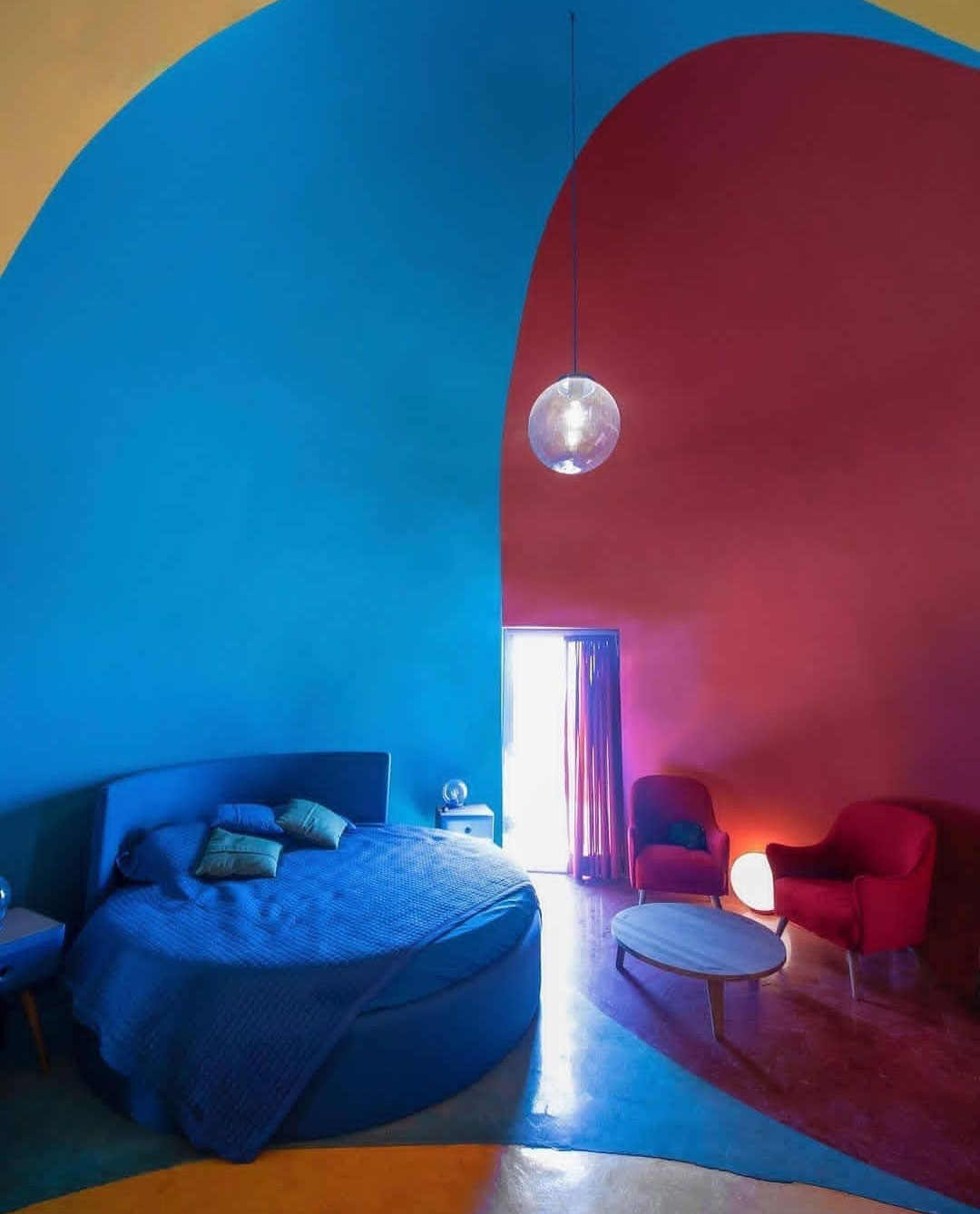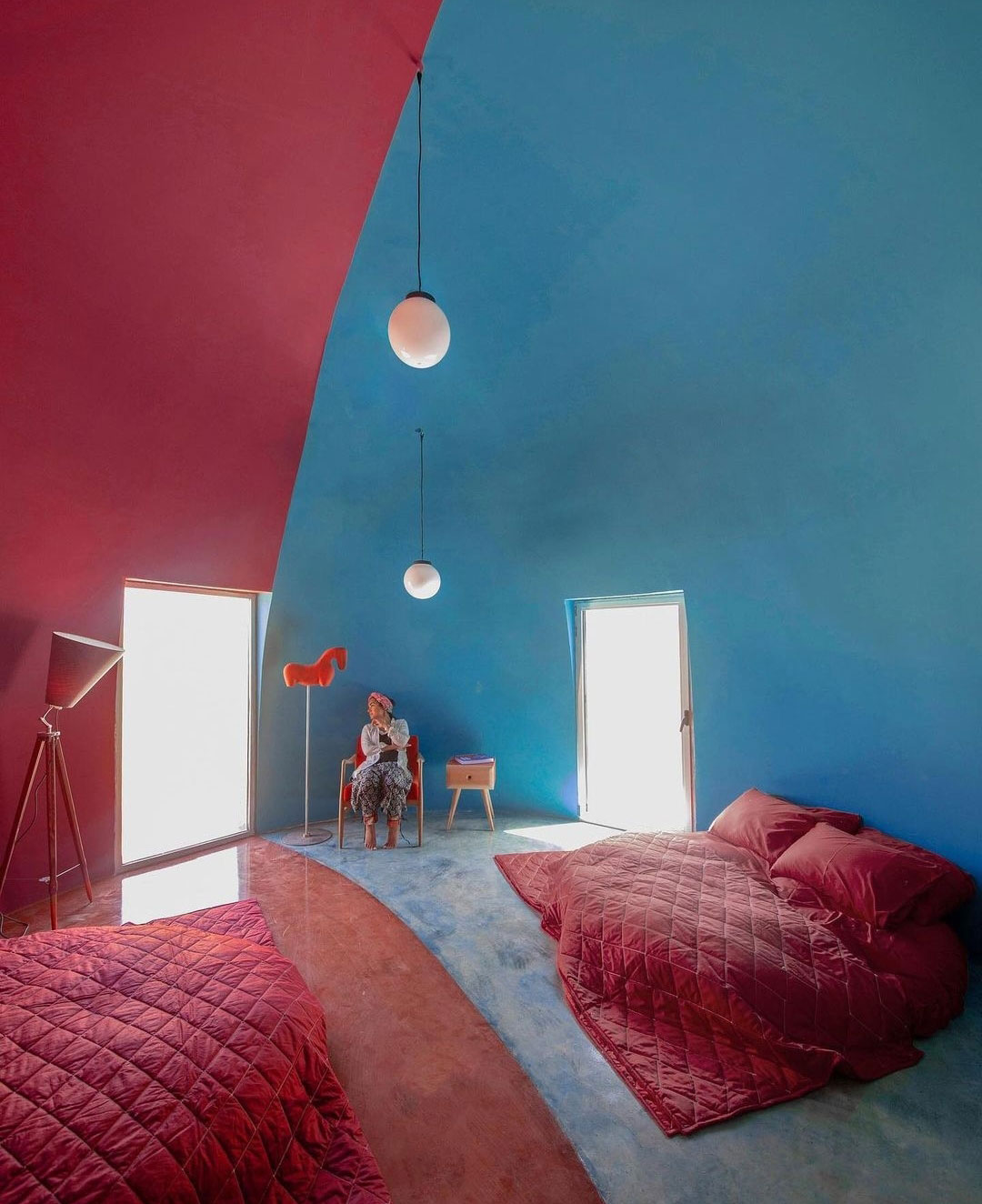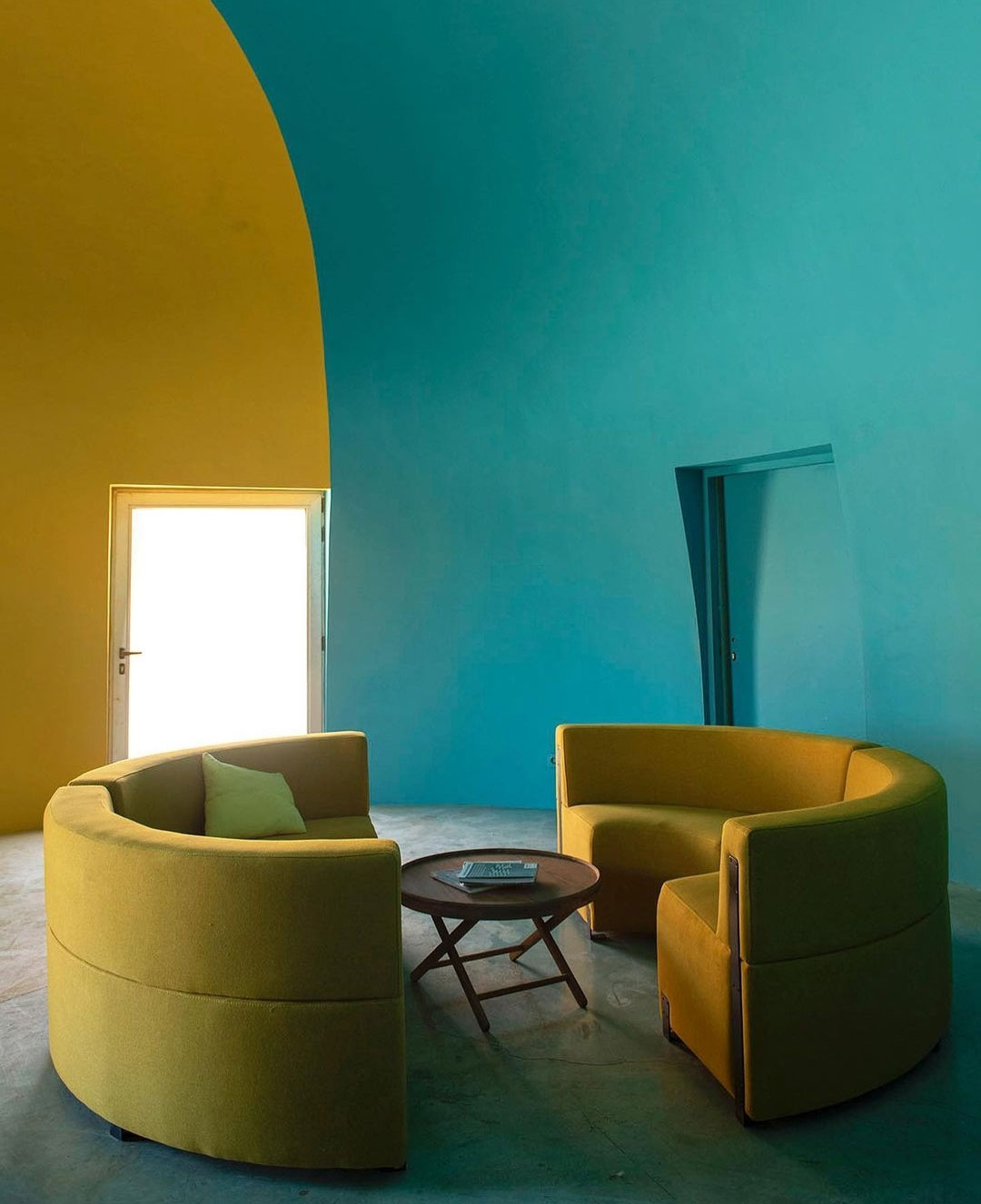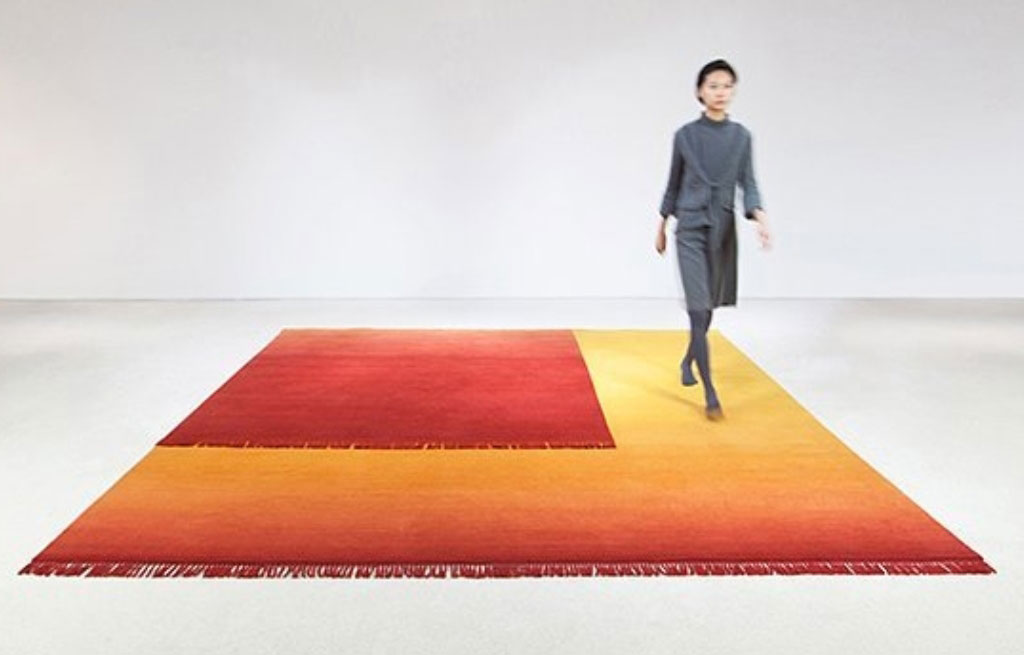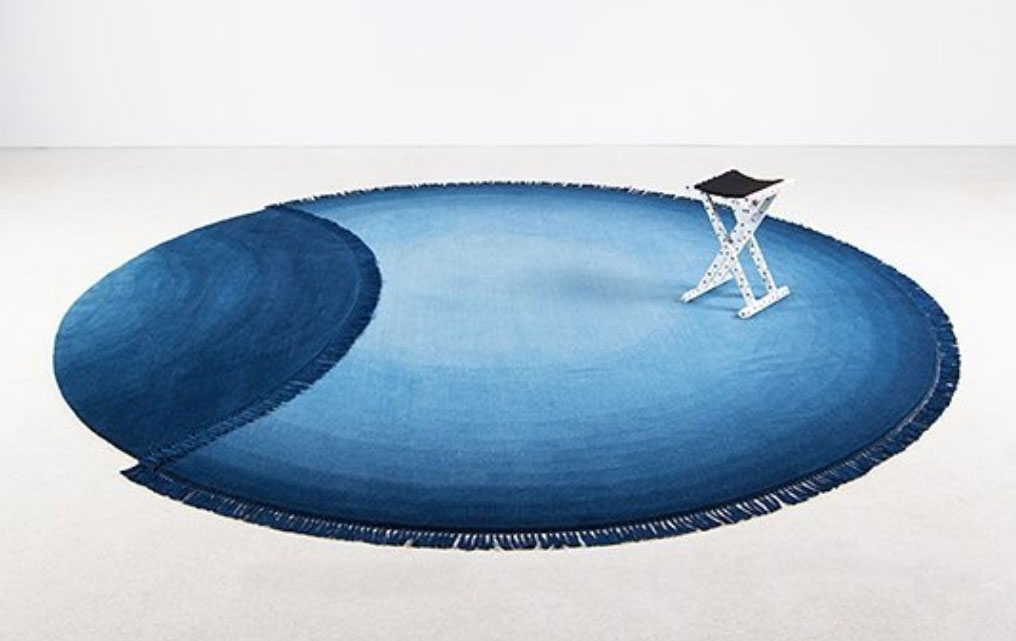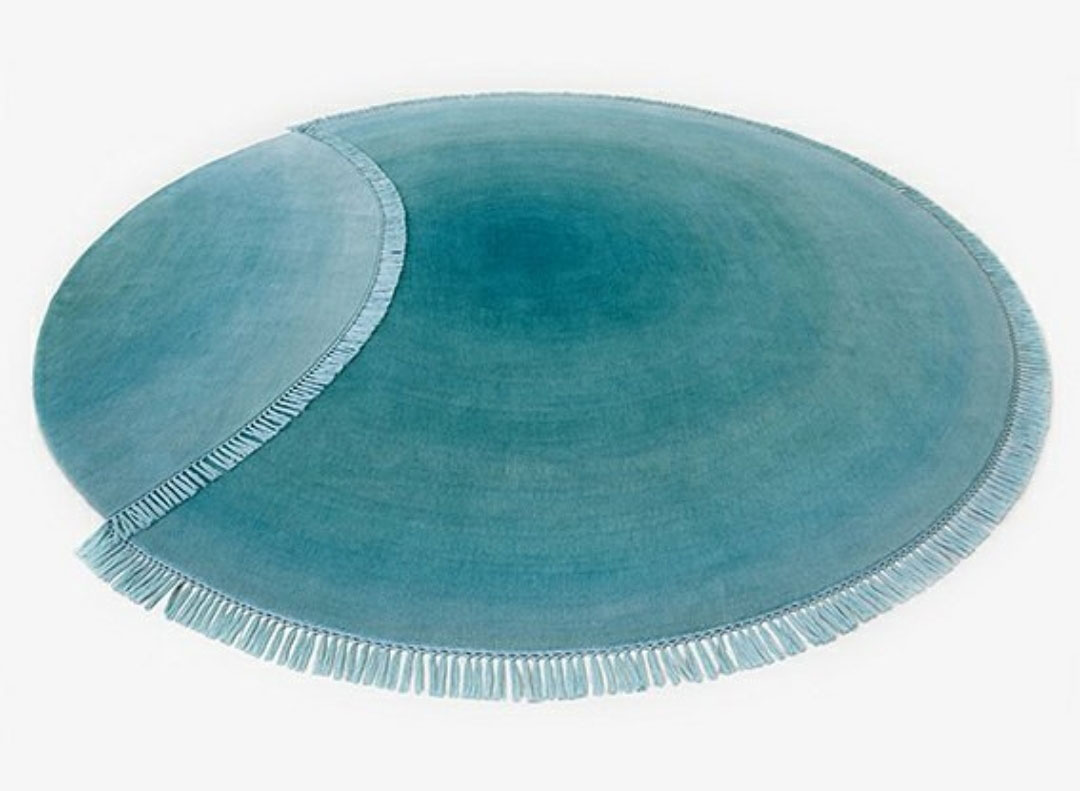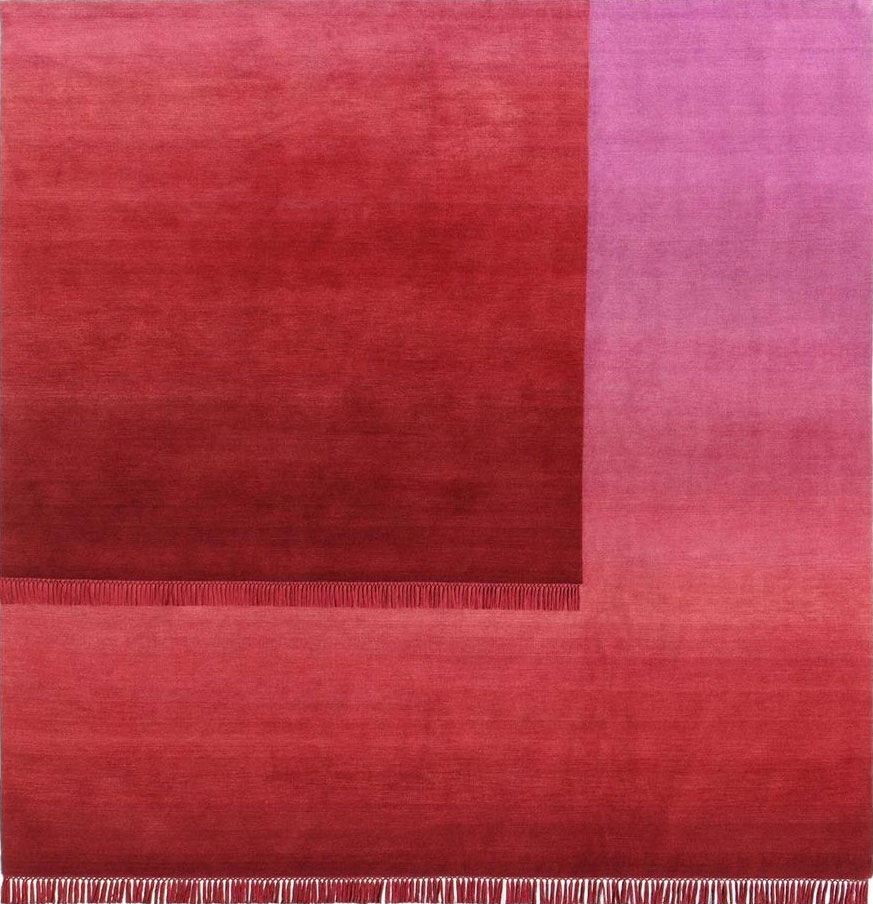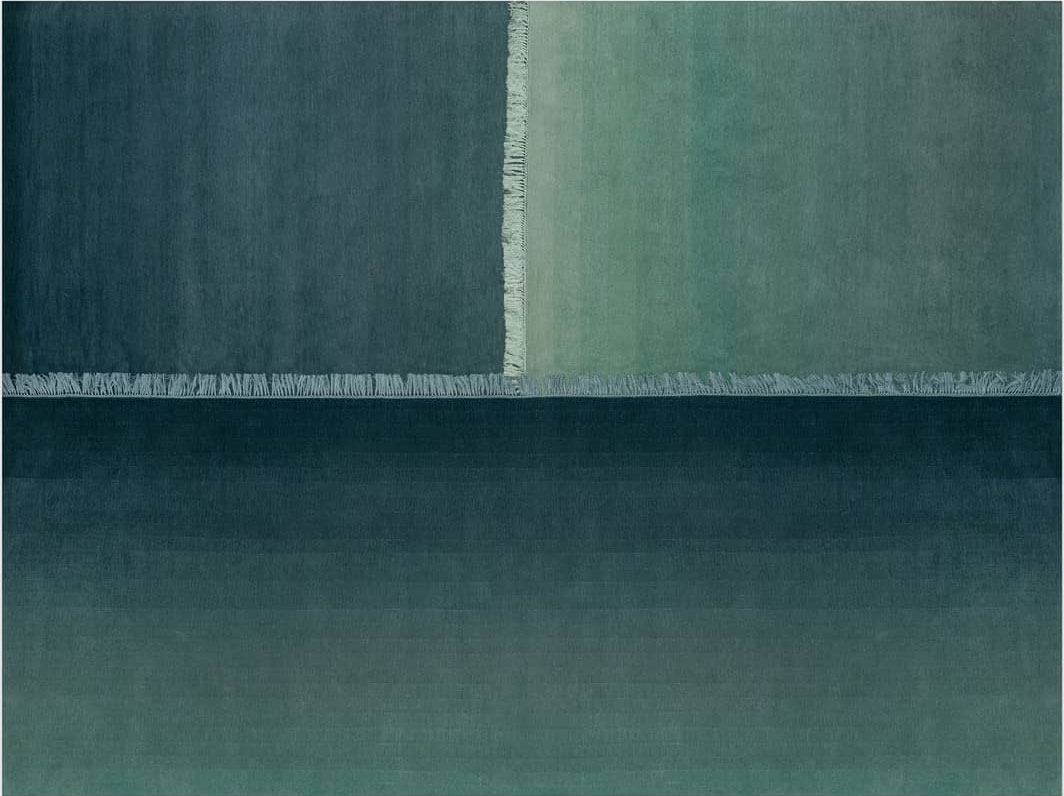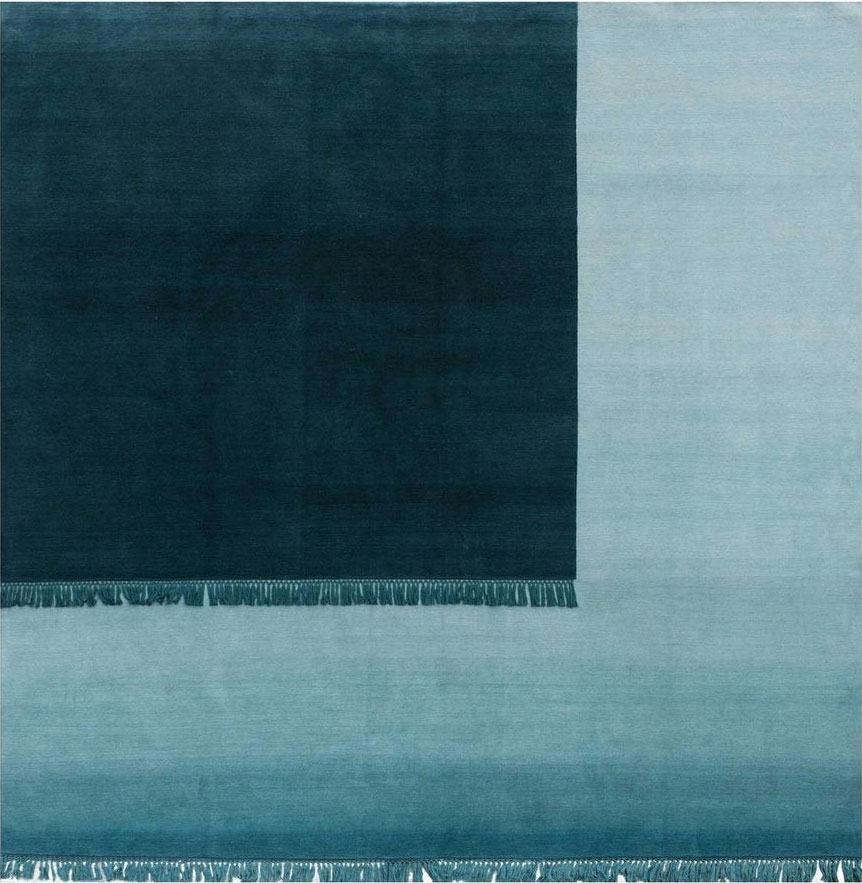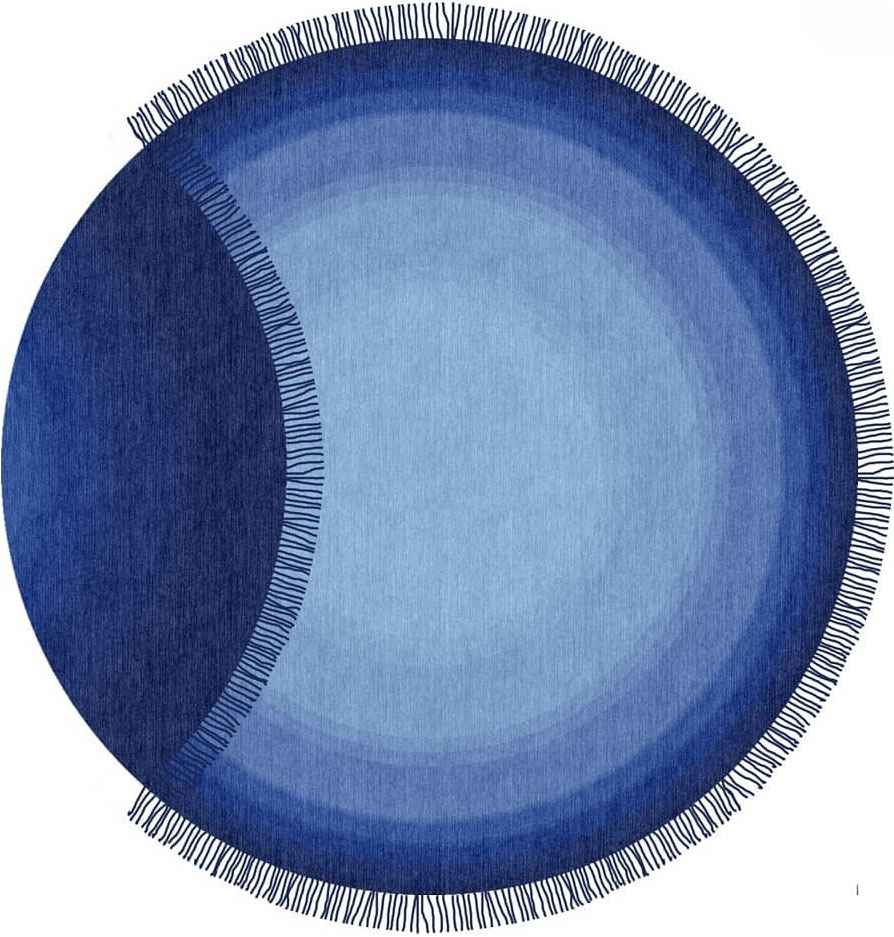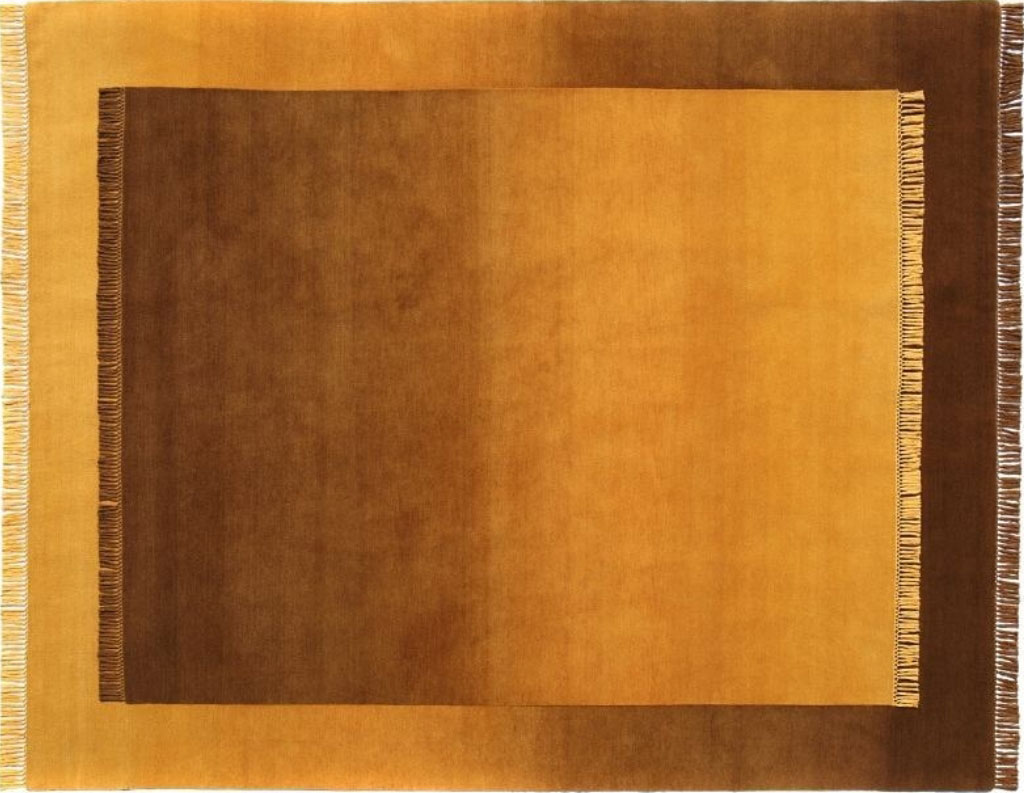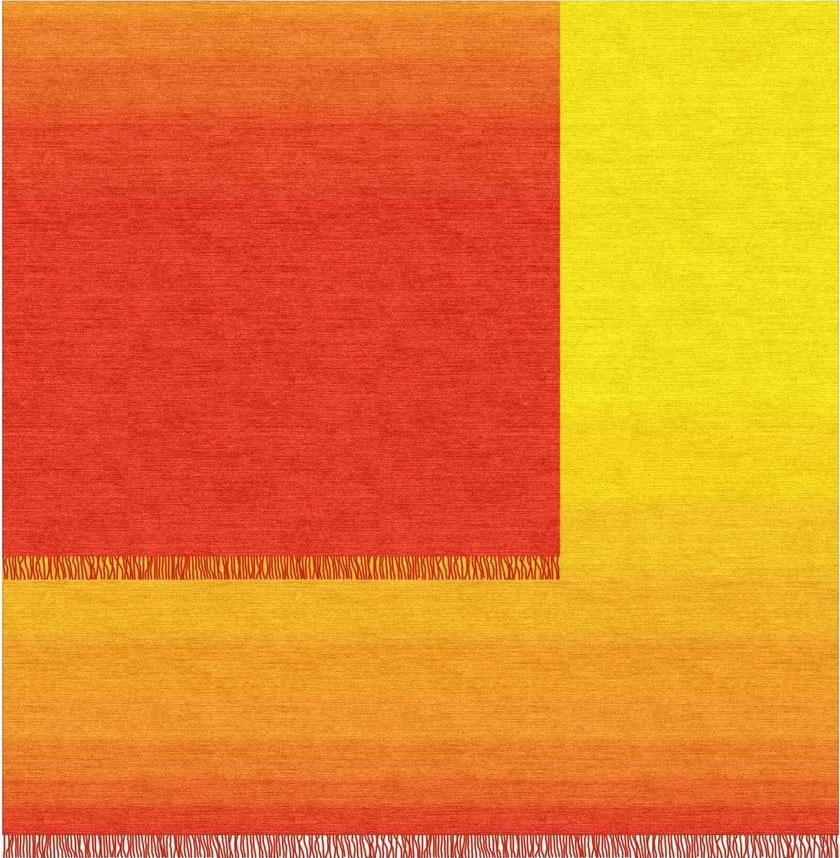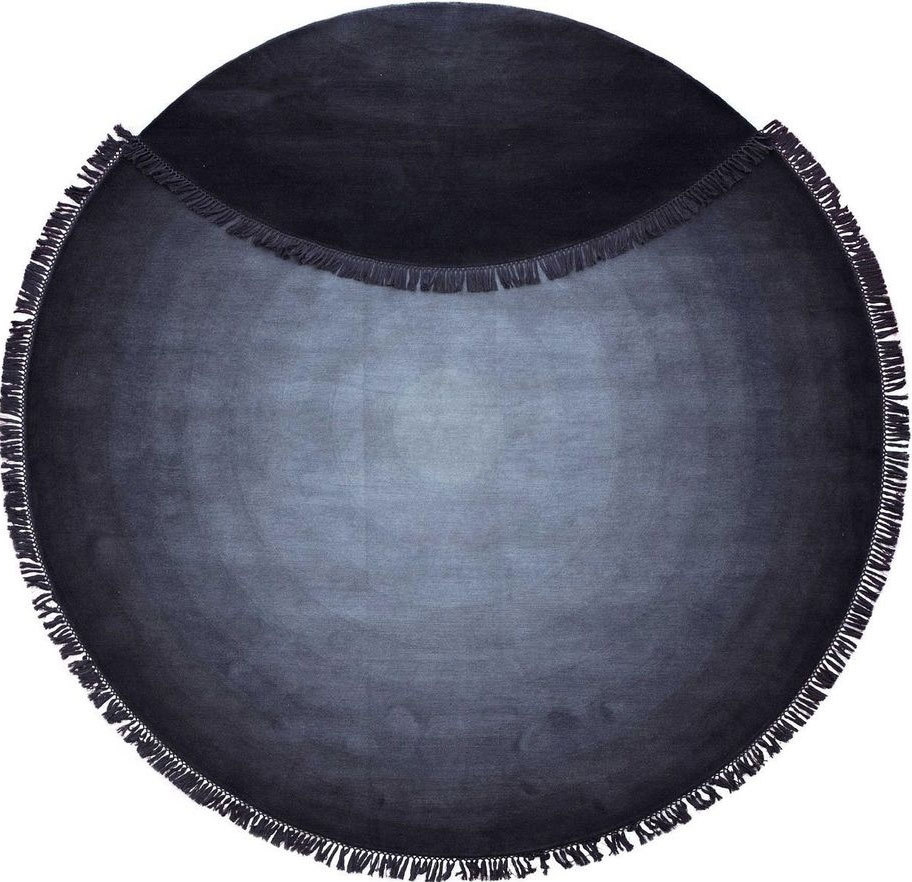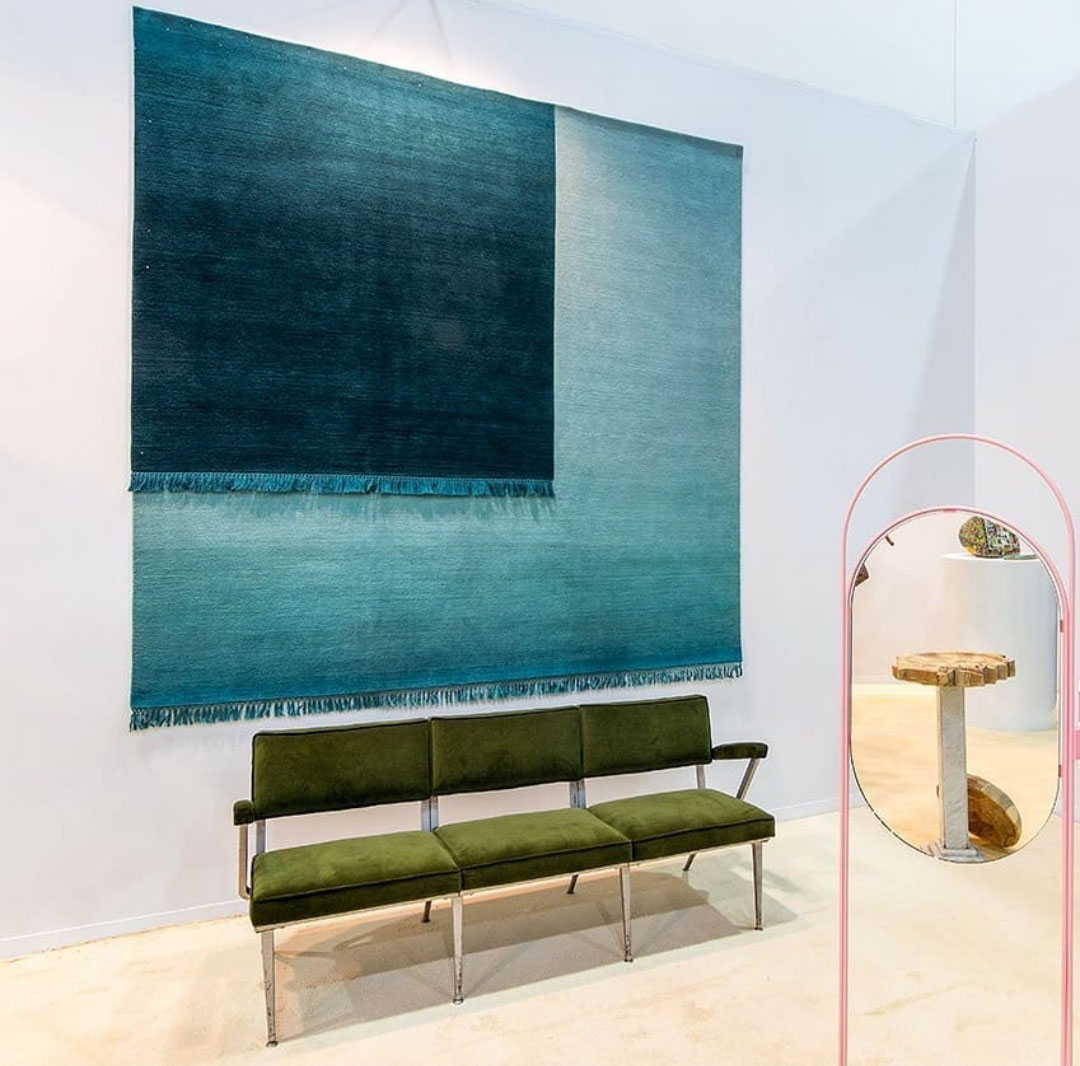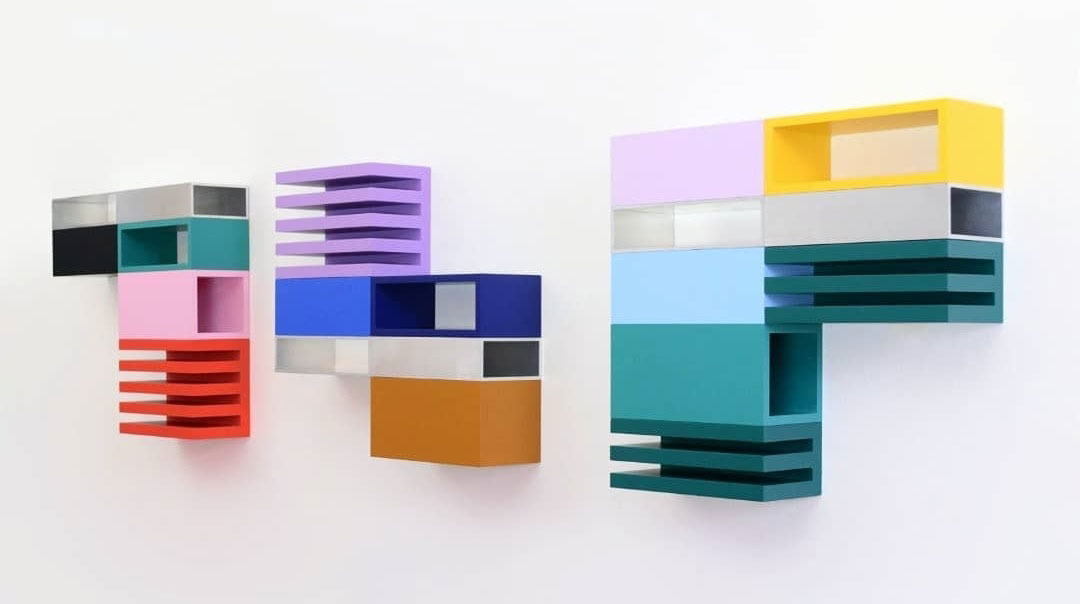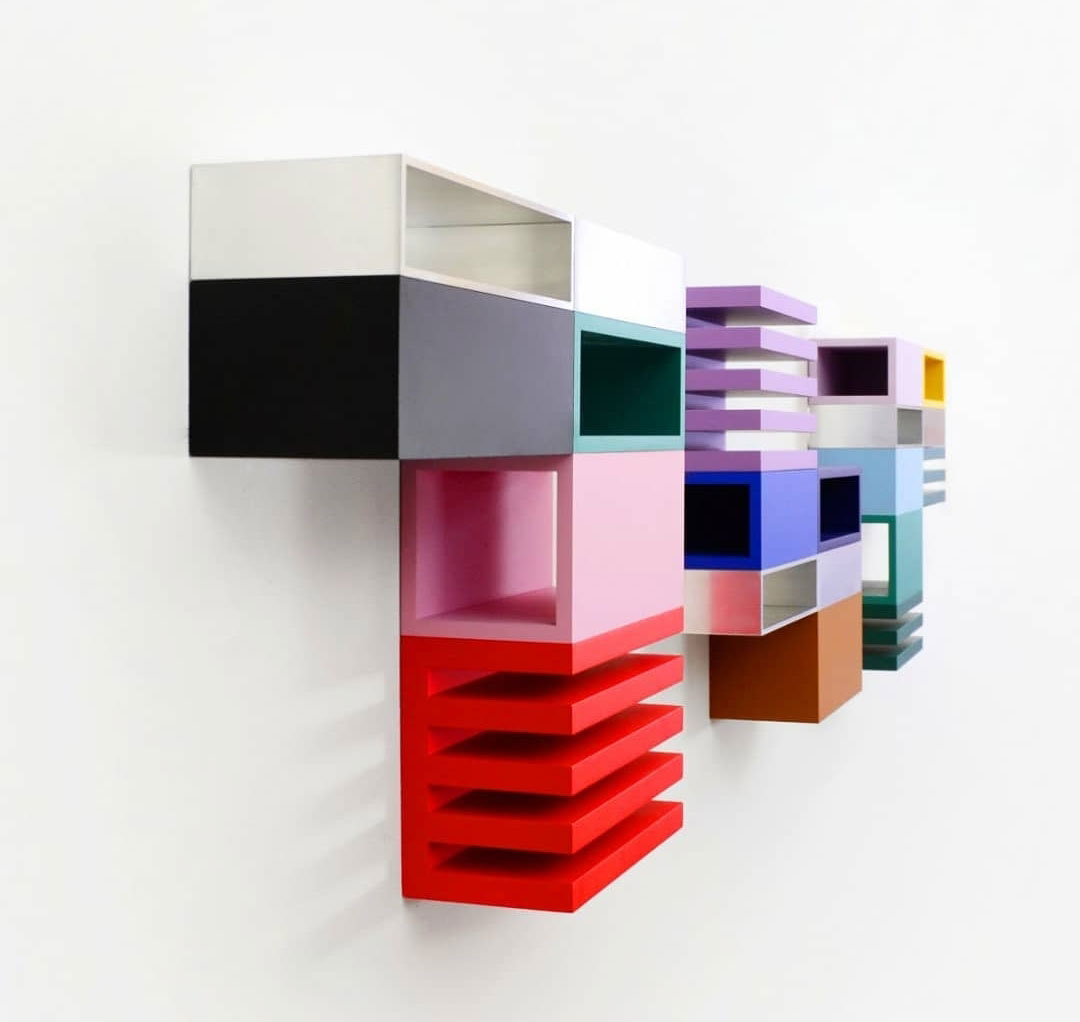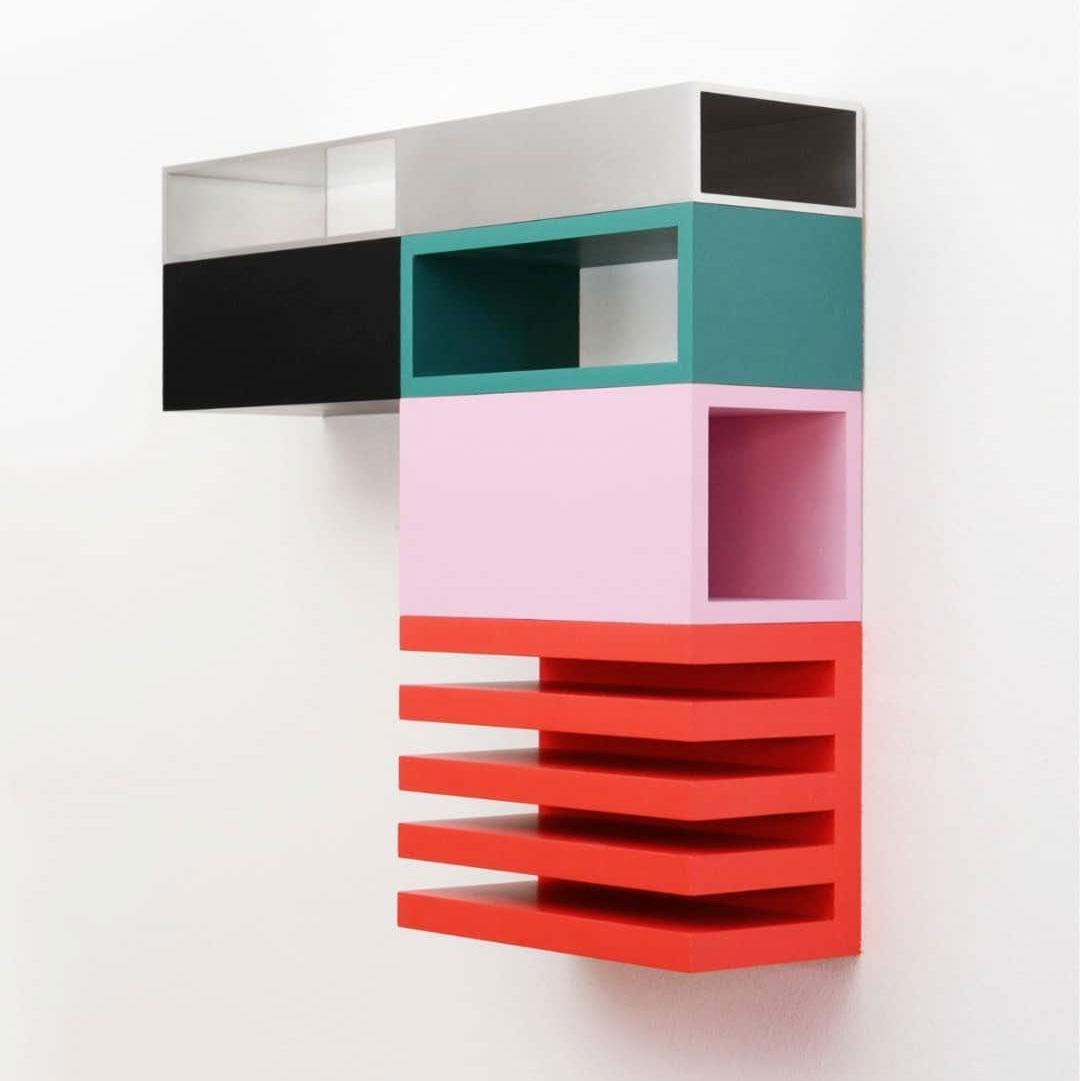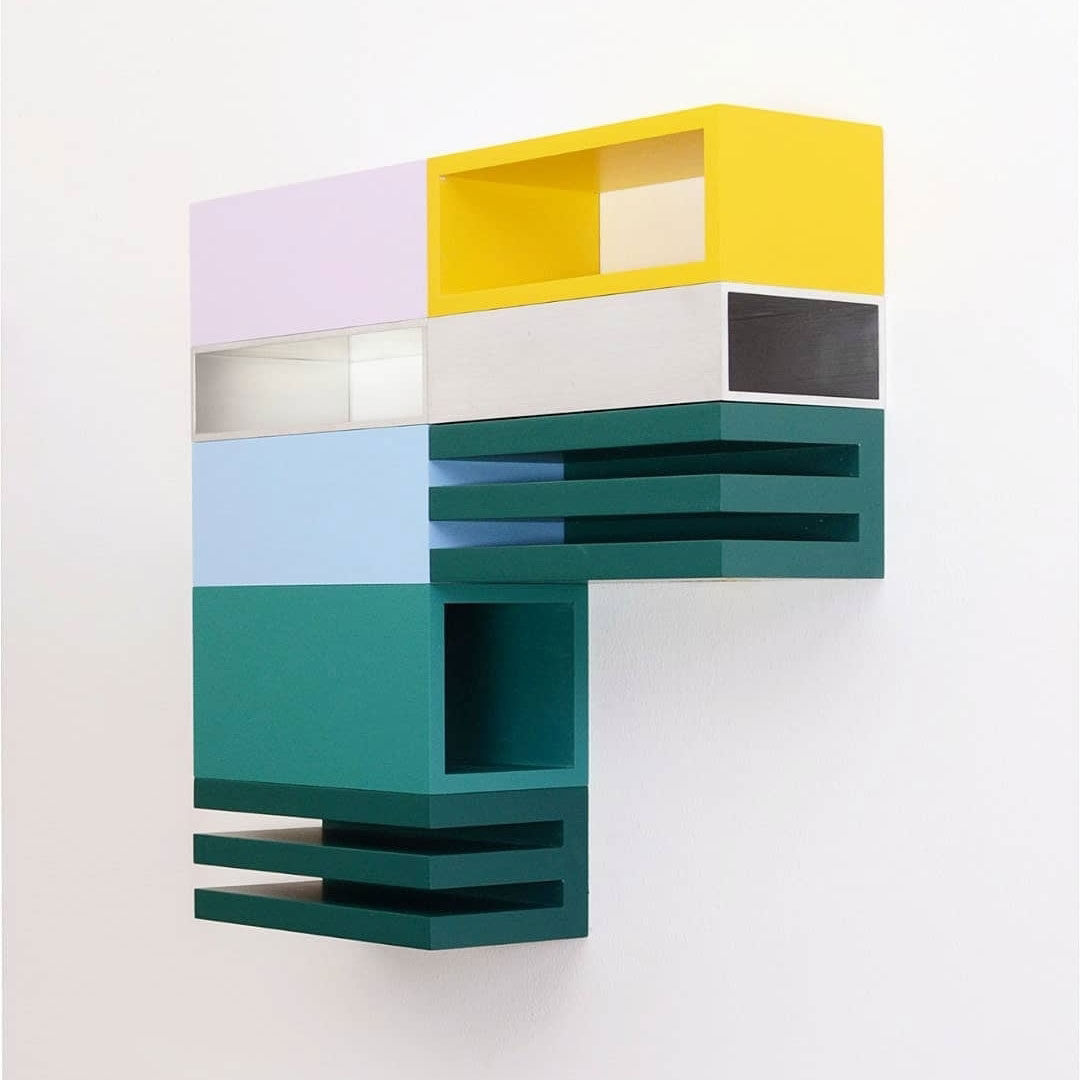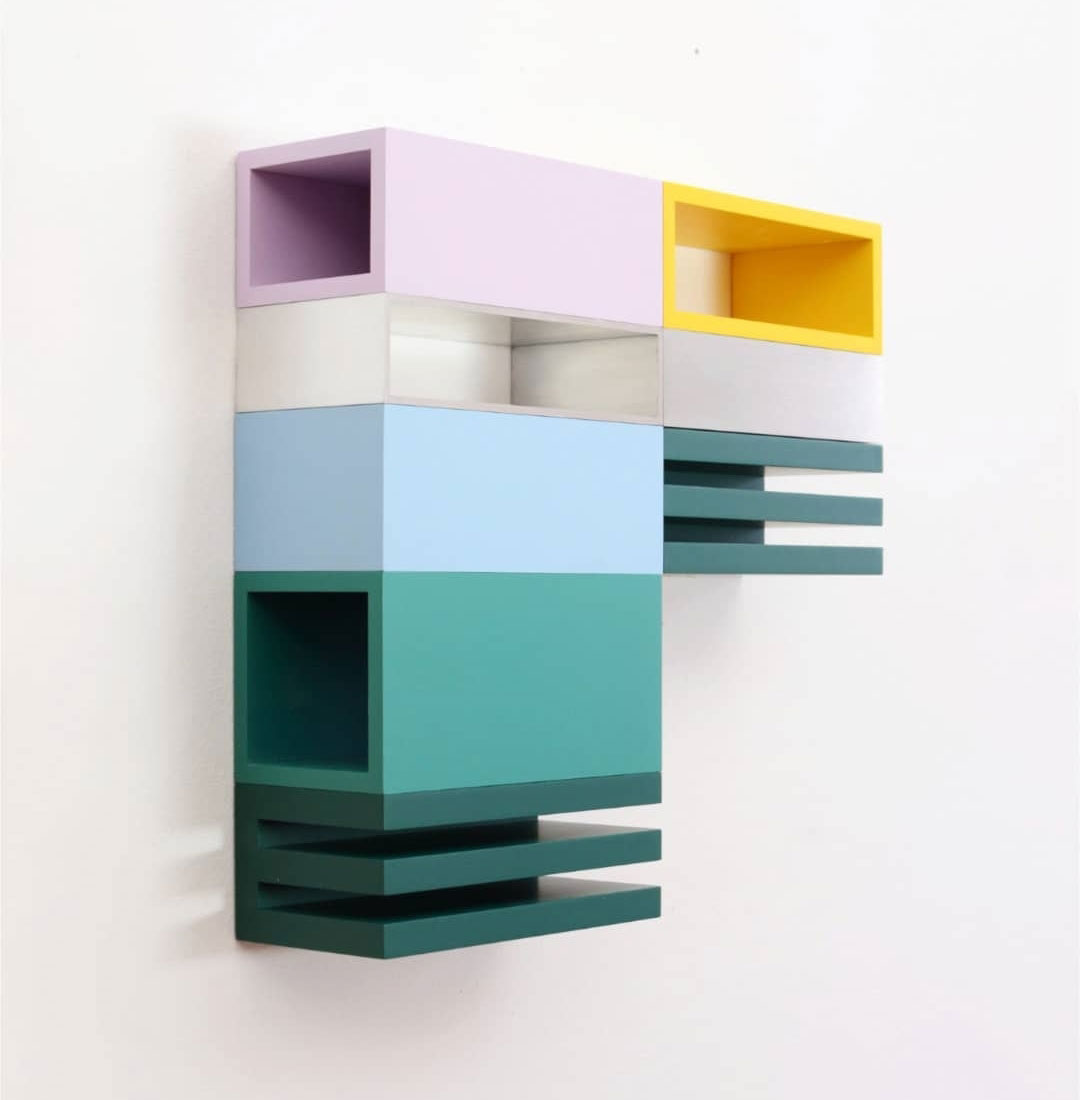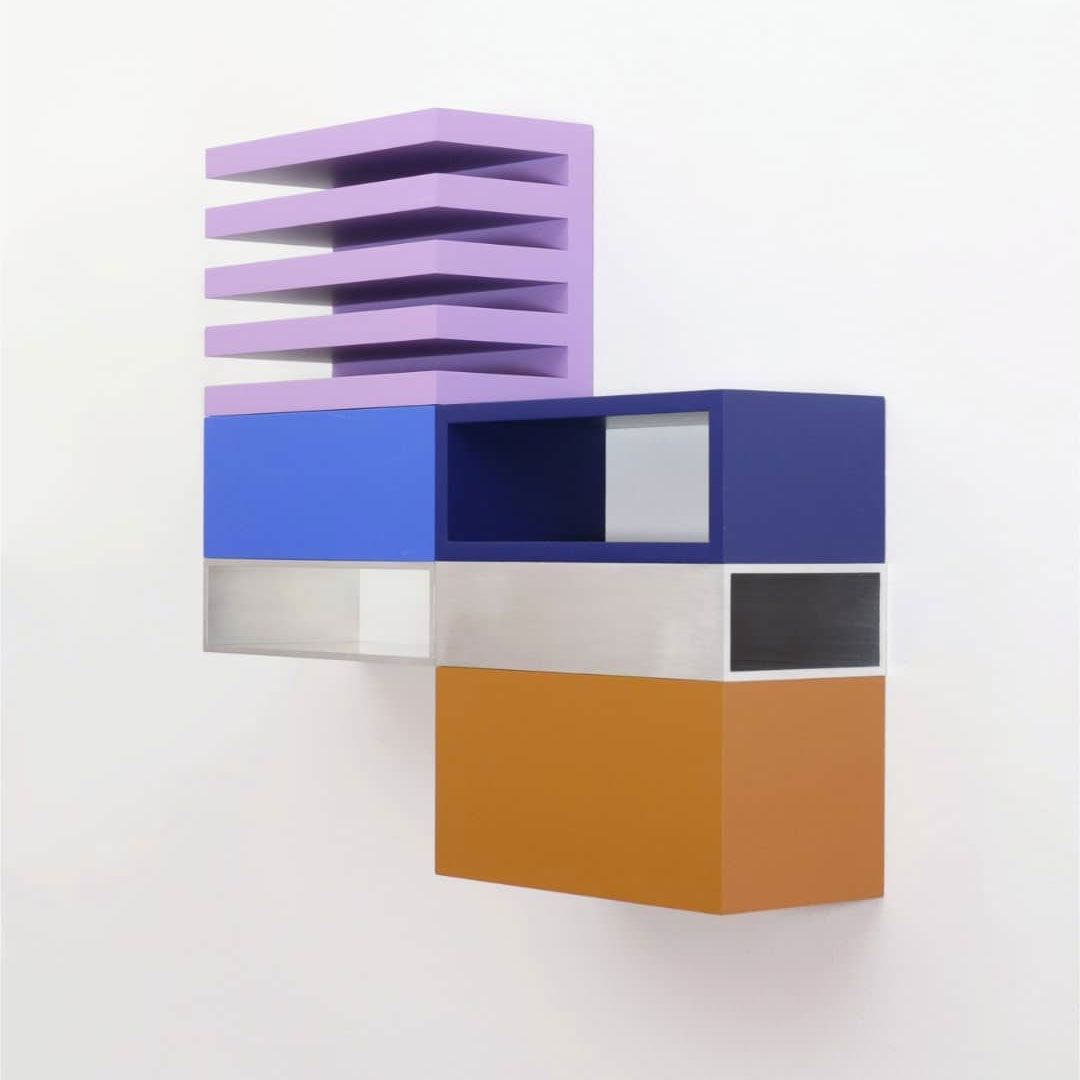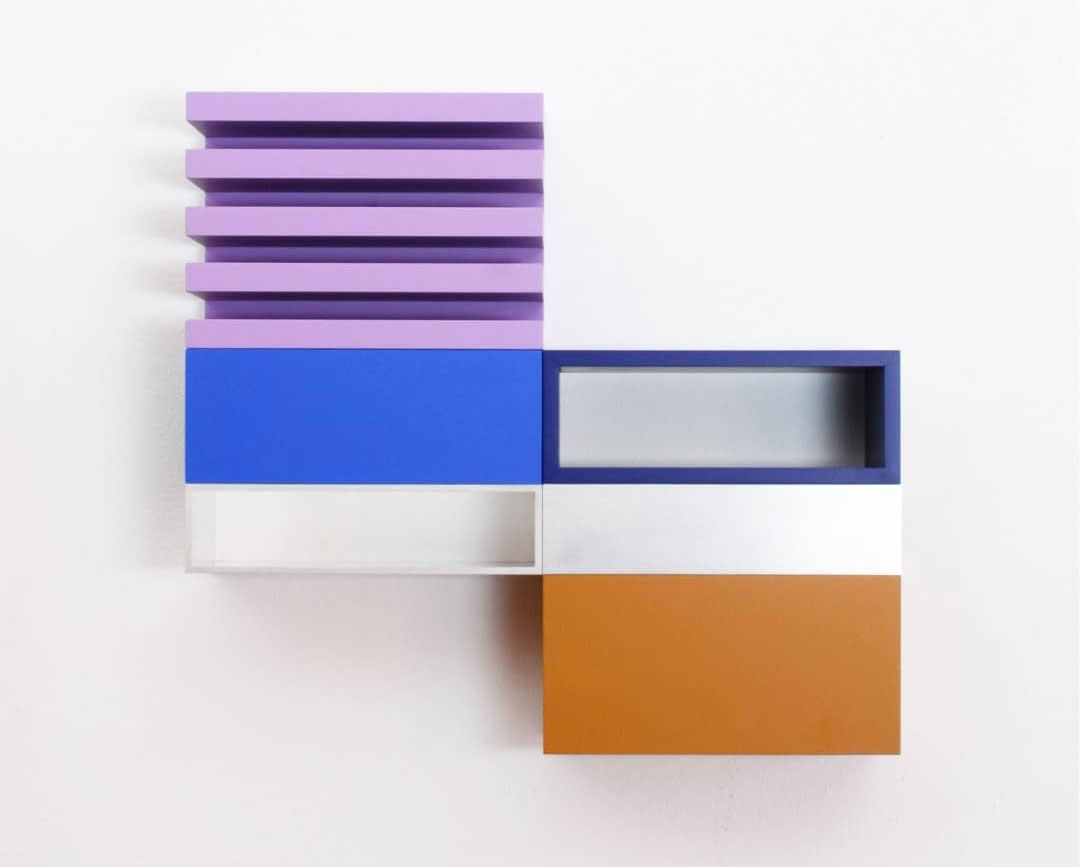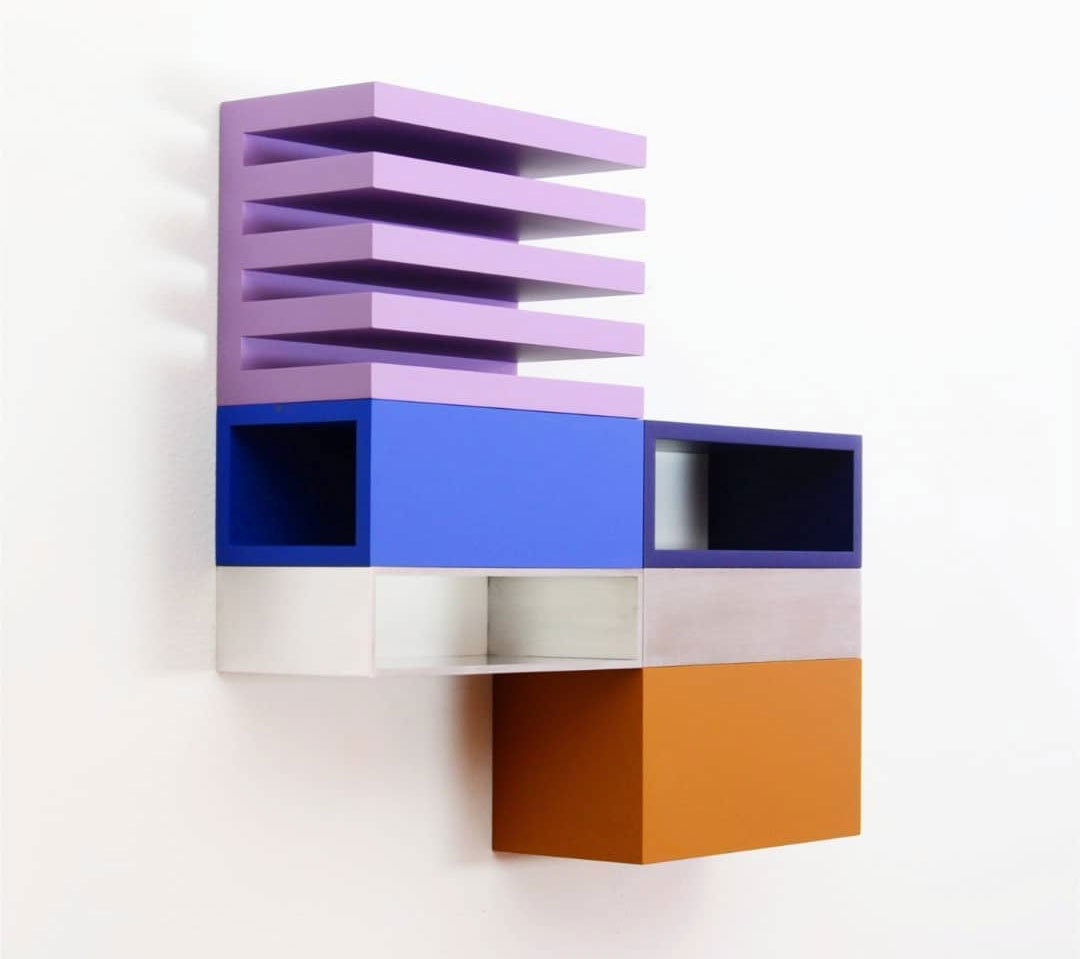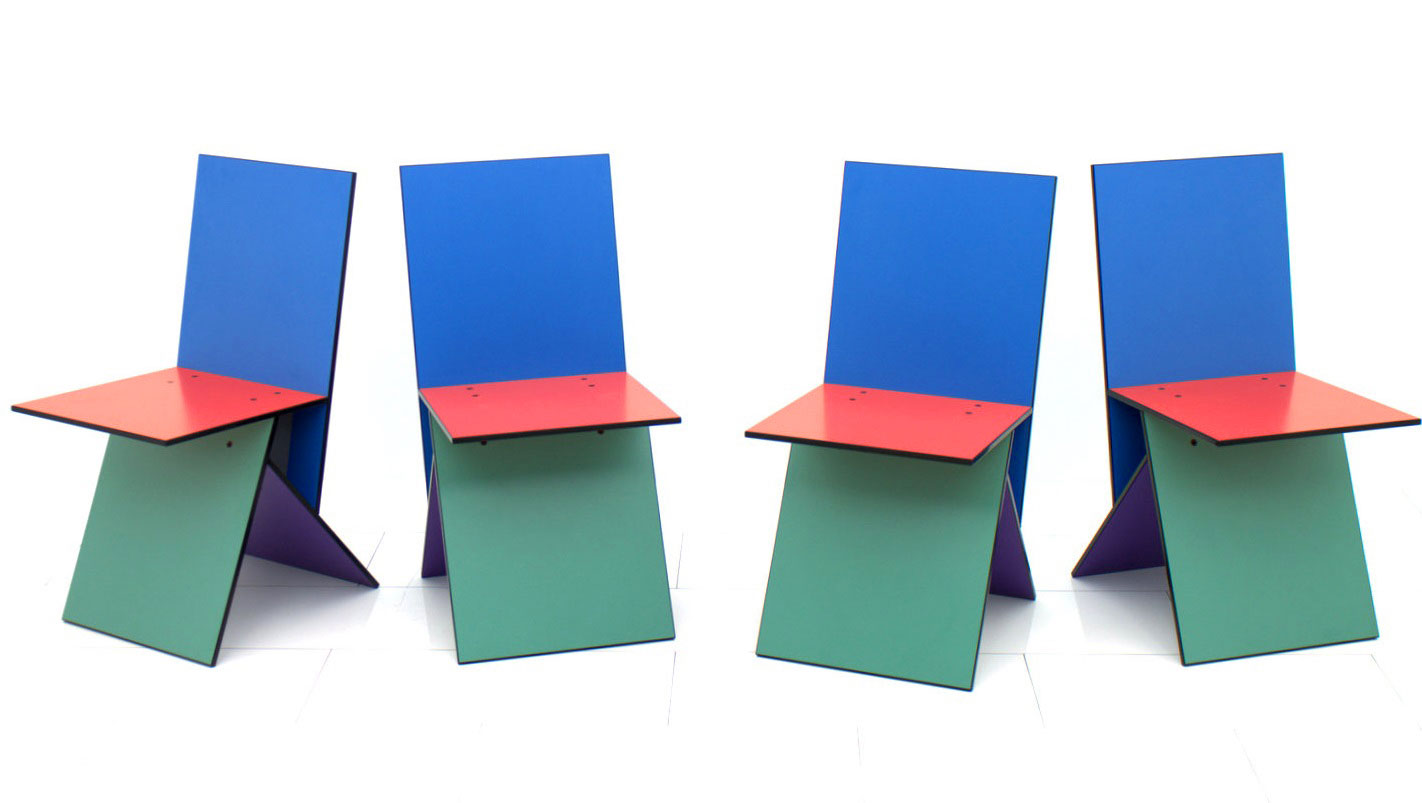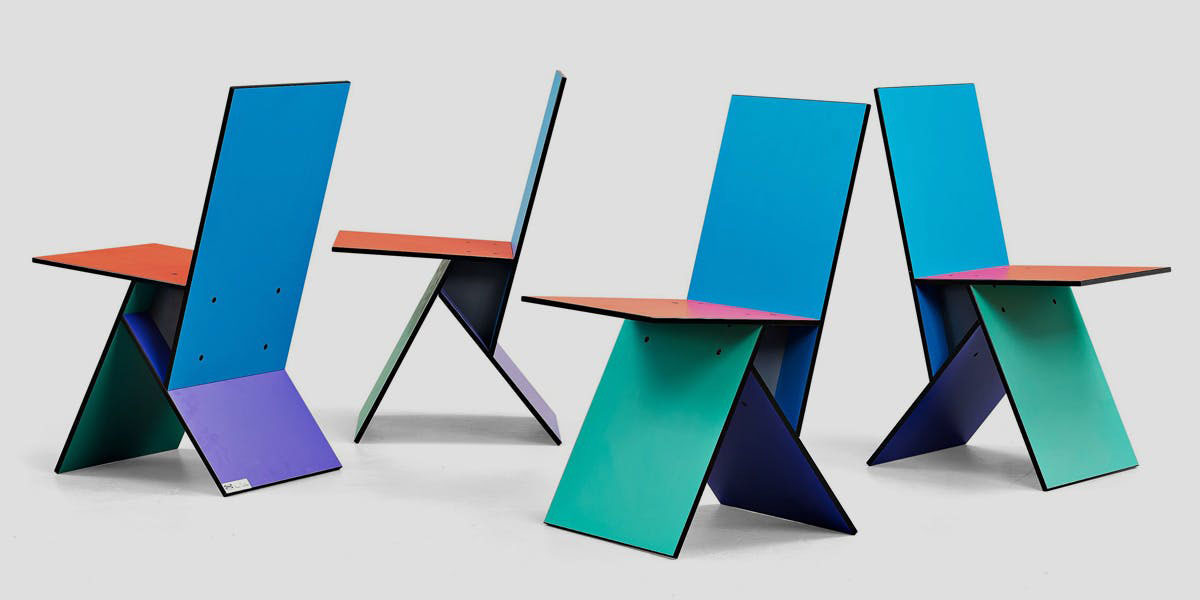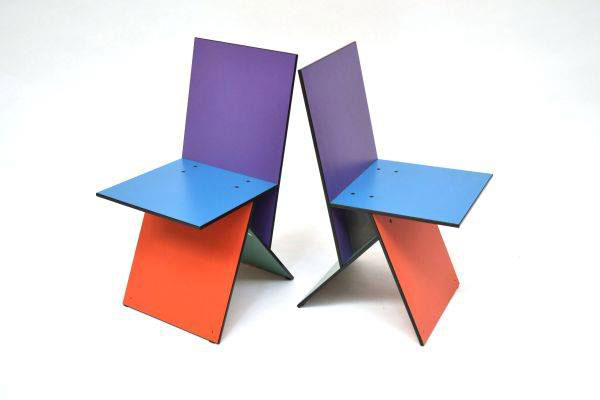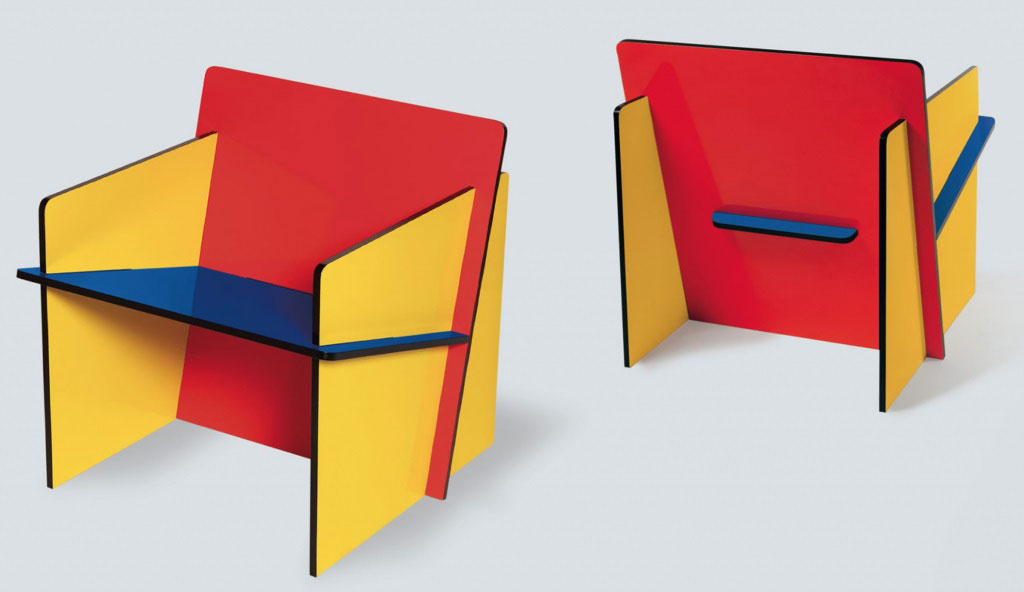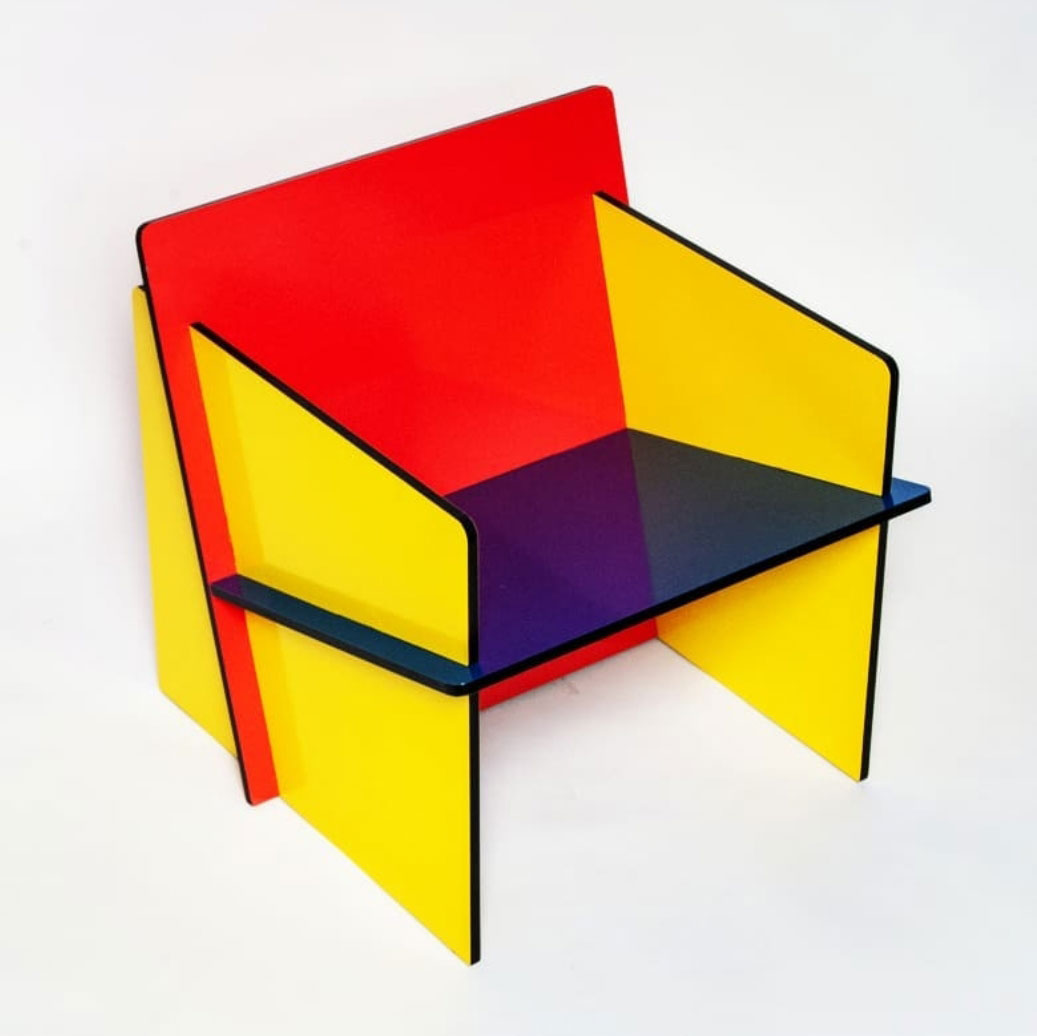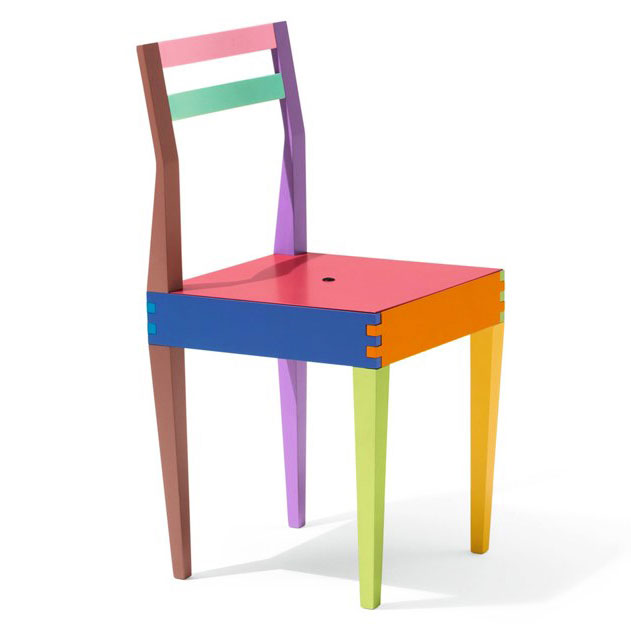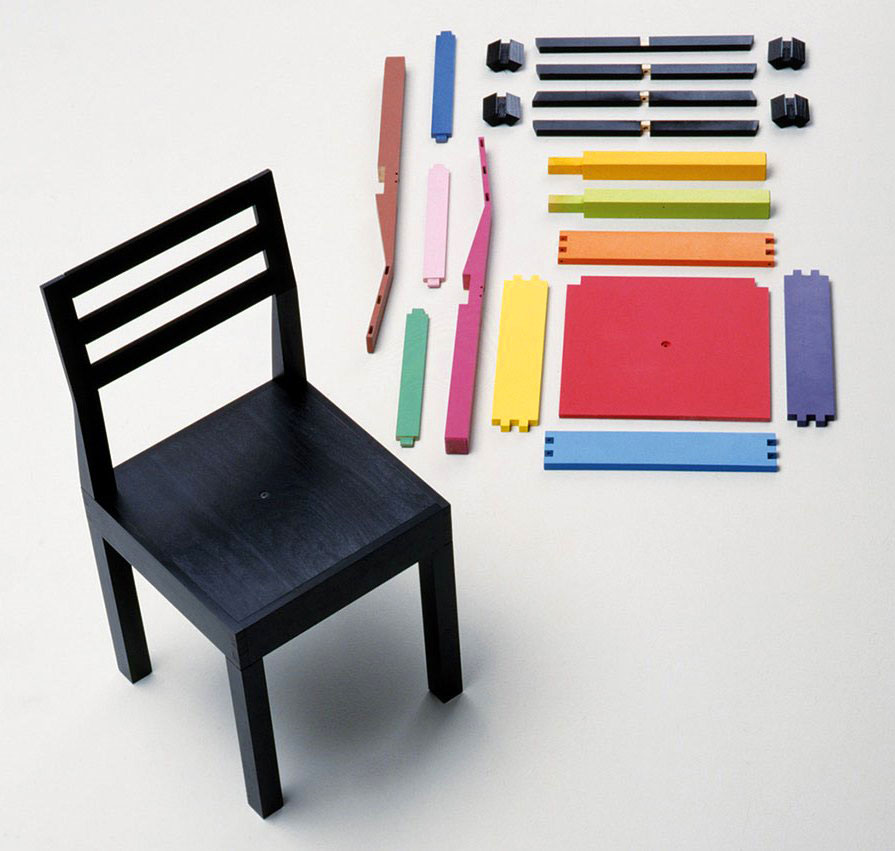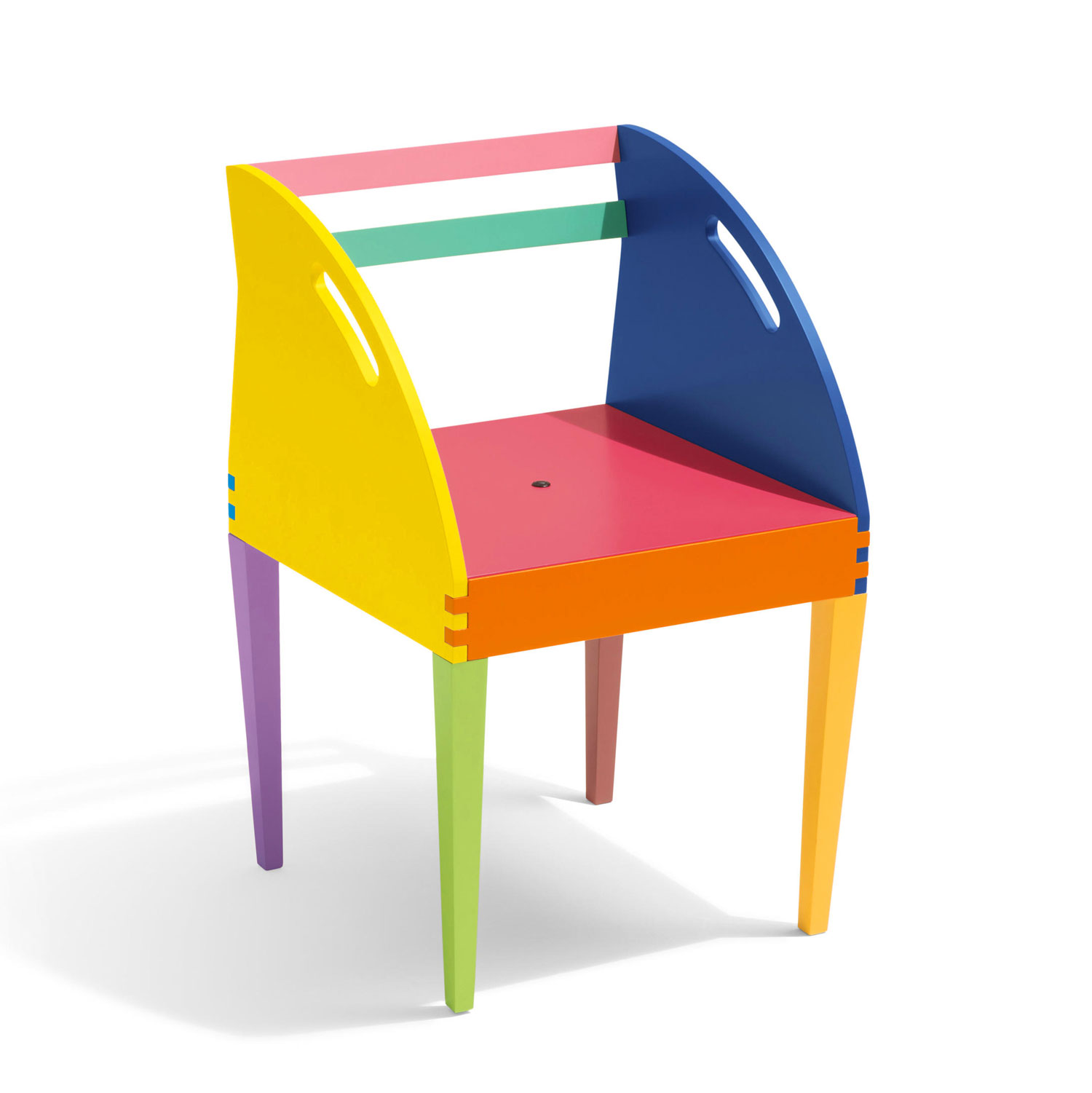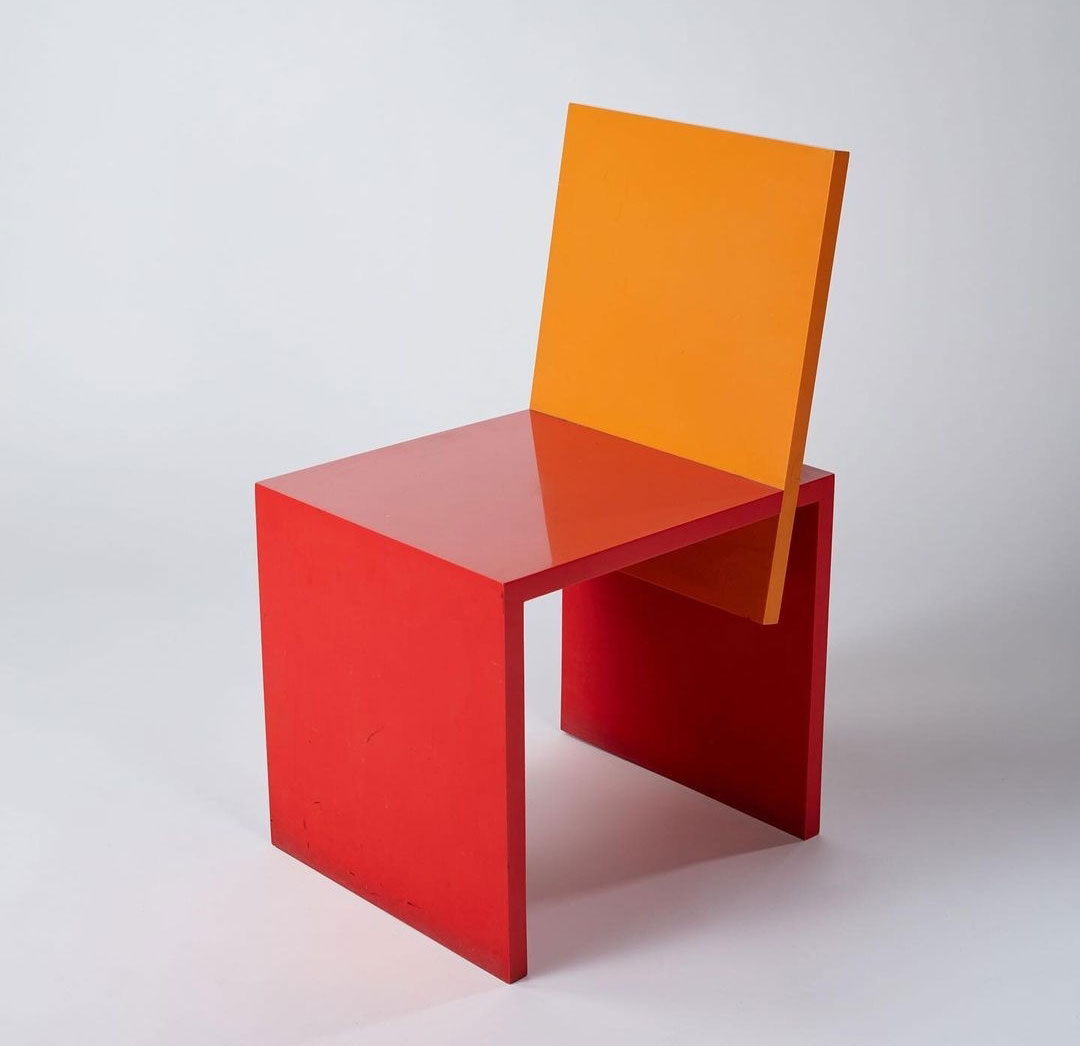TRA MODULARITÀ E VARIAZIONE
PAINTING | JOSH SPERLING
In campo pittorico, la geometria gioca sempre un ruolo di primo piano. Ne è un esempio eclatante il lavoro di Josh Sperling. Il giovane artista americano attinge al linguaggio della pittura minimalista degli anni ‘60 e ‘70, lavorando principalmente con tele sagomate su curve di livello. Parte da intricati supporti in compensato, su cui la tela viene tesa e dipinta in una tavolozza di colori a saturazione variabile, a volte contrastanti, a volte in gradazione.
Nella loro tridimensionalità, le sue opere sfumano i confini tra pittura e scultura, immagine e oggetto. Estraendo una vasta gamma di fonti, dal design alla storia dell’arte, Sperling ha creato un vocabolario visivo unico, notevole per la sua qualità espressiva e l’energia irrefrenabile.
Accanto alle opere a forma libera e sinuosa, troviamo le composizioni ritmiche qui presentate, le cui scelte cromatiche sono il frutto di uno studio attentissimo, specie sul fronte delle nuance.
Between modularity and variation – In the field of painting, geometry always plays a leading role. Josh Sperling’s work is a striking example. The young American artist draws on the language of minimalist painting of the 1960s and 1970s, working mainly with contoured canvases on contour lines. He starts from intricate plywood supports, on which the canvas is stretched and painted in a palette of colors with variable saturation, sometimes contrasting, sometimes in gradation.
In their three-dimensionality, his works blur the boundaries between painting and sculpture, image and object. By extracting a wide range of sources, from design to art history, Sperling has created a unique visual vocabulary, notable for its expressive quality and irrepressible energy.
Alongside the free-form and sinuous works, we find the rhythmic compositions presented here, whose chromatic choices are the result of a very careful study, especially in terms of nuances.

